“Nothing lasts, always be ready for change.” This is a mental and physical modus operandi that Swiss born Jeanne-Salomé Rochat has carried with her since childhood. Growing up in the French part of Switzerland, her family relocated regularly due to her parent’s postings at different parishes as protestant pastors. She became accustomed to adapting to new places, different situations, meeting new people, and “starting everything from scratch repeatedly.” On first impression today one could suggest that not much has changed for Jeanne-Salomé. As a contemporary nomad, for her home is a transient and often intangible concept. Regularly moving between Geneva, London, Paris, and Berlin, she feeds off this sense of flux that filters into her creative output.
With a distinct single-mindedness and confidence, Jeanne-Salomé has never been afraid of expression. And this expression has taken shape in a variety of ways in her short but extremely full and diverse career. As analytical as they come, this dark-haired beauty is continually in search of inspiration, self-improvement and stimulation – in all its many guises. Her skills and interests in the area of dance and performance, art production, and publishing derive from and are underpinned by a strong desire for abandonment. Producing the cult magazine Sang Bleu that Jeanne-Salomé likes to refer to as representing ‘trans culture’, alternative lifestyle, and esoteric topics such as erotica, tattooing, and body modification are featured.
Keeping extremely busy she also publishes novembre magazine and runs her very own design house The X Nails that produces fashion pieces and props. We met with Jeanne-Salomé in a variety of locations throughout Berlin – one of her familiar cities – to find out about her interest in transcending her own limitations, the connections she finds between art and life, and living life to the fullest.
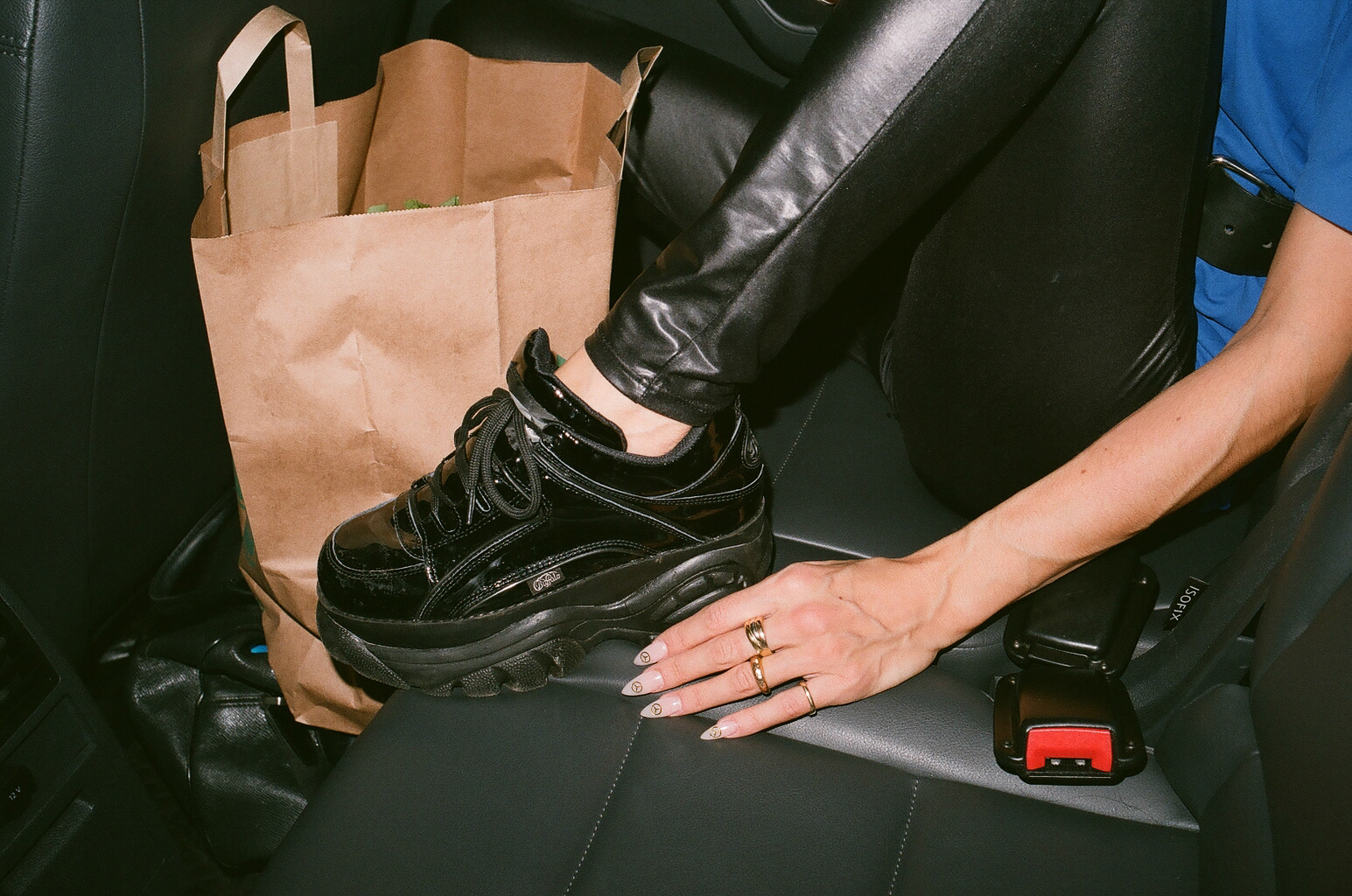
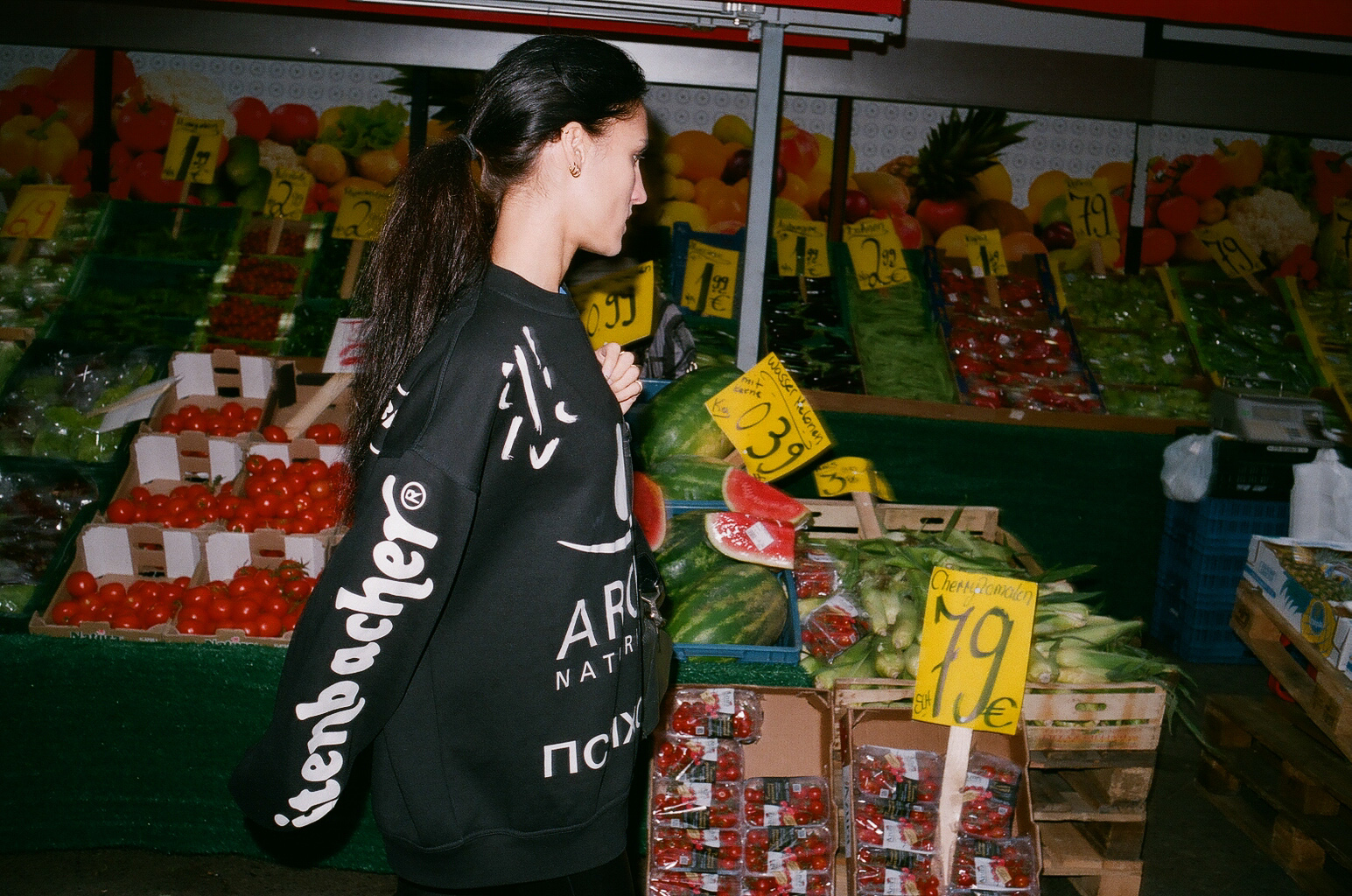
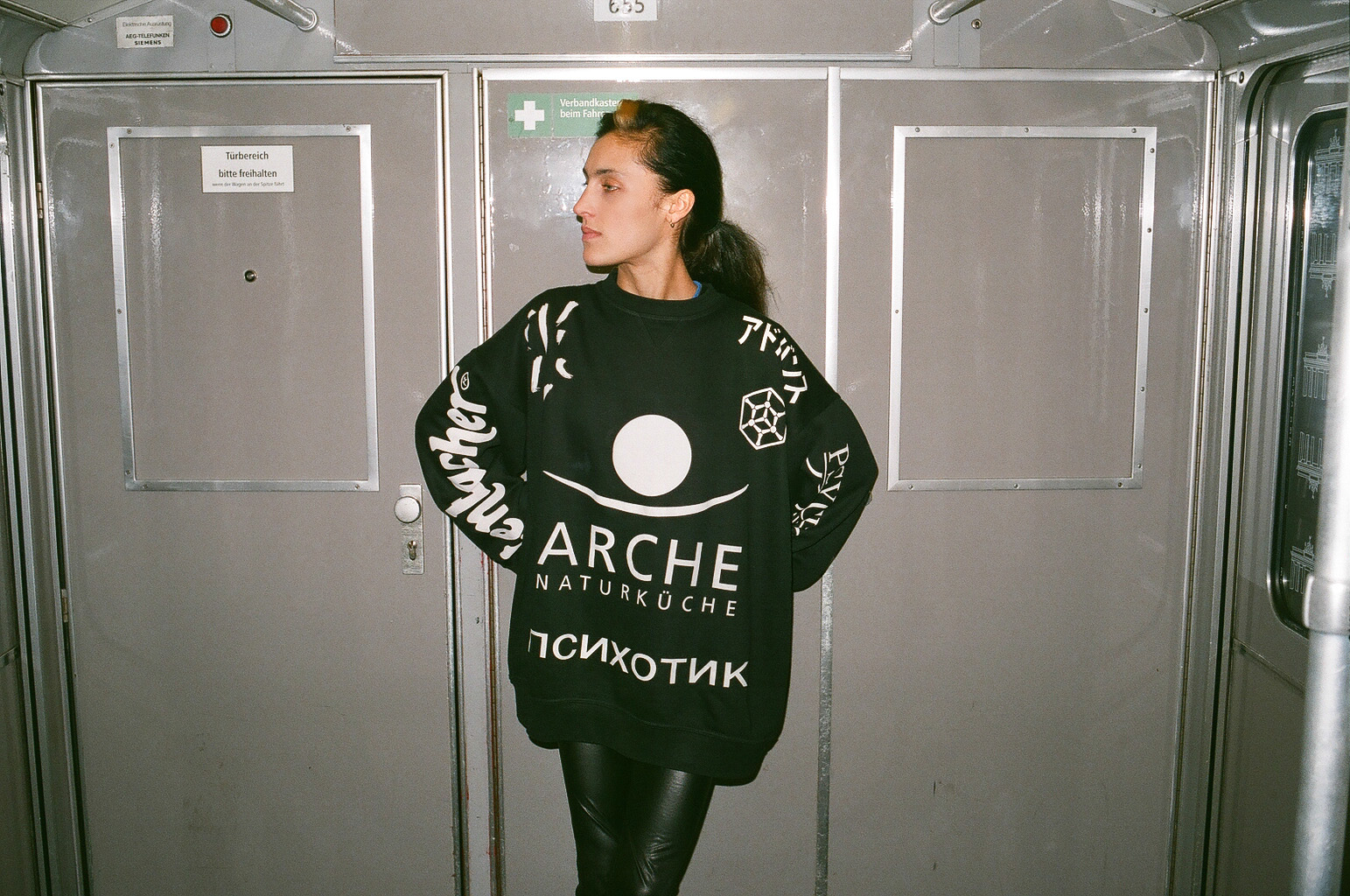
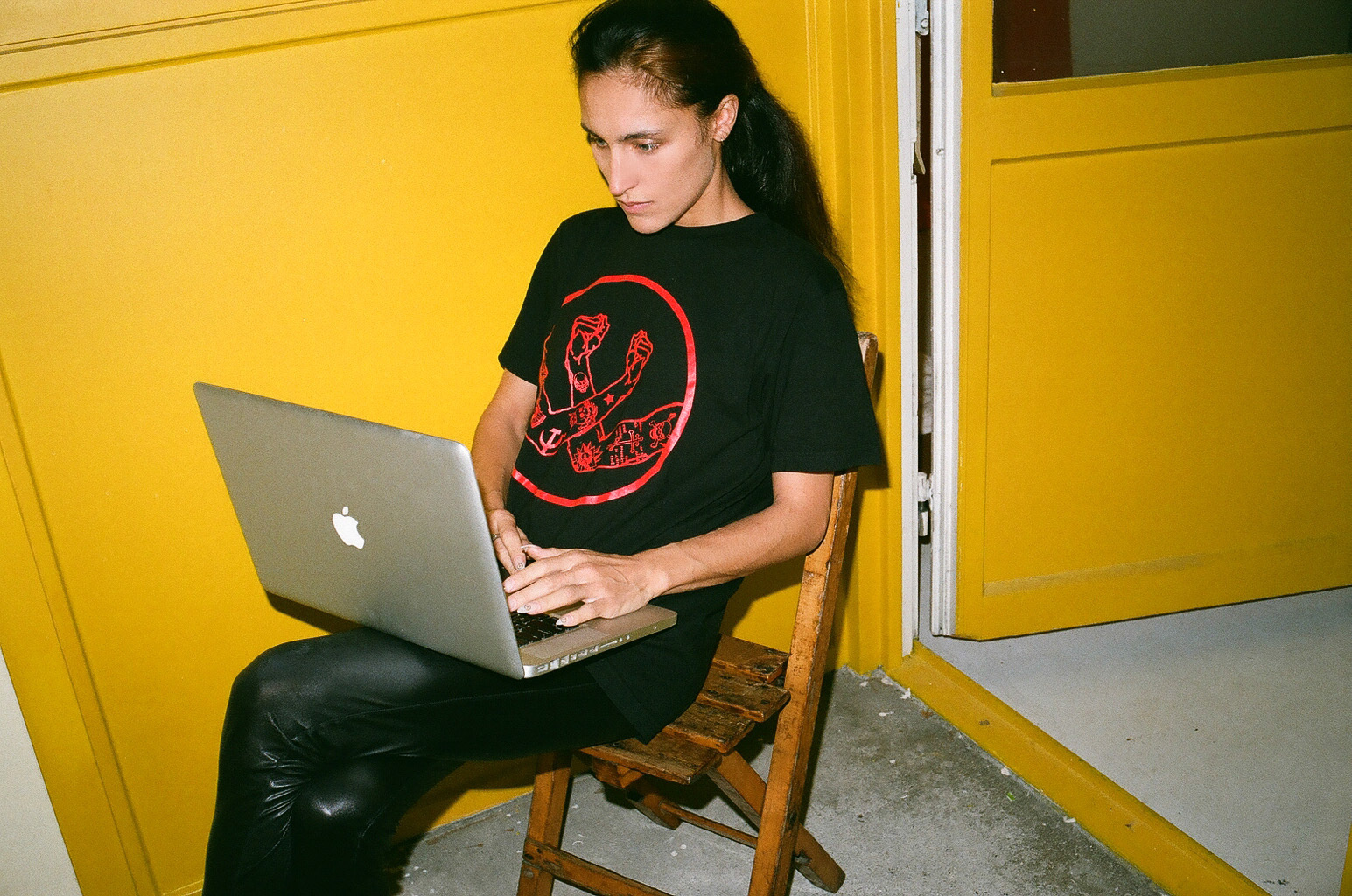
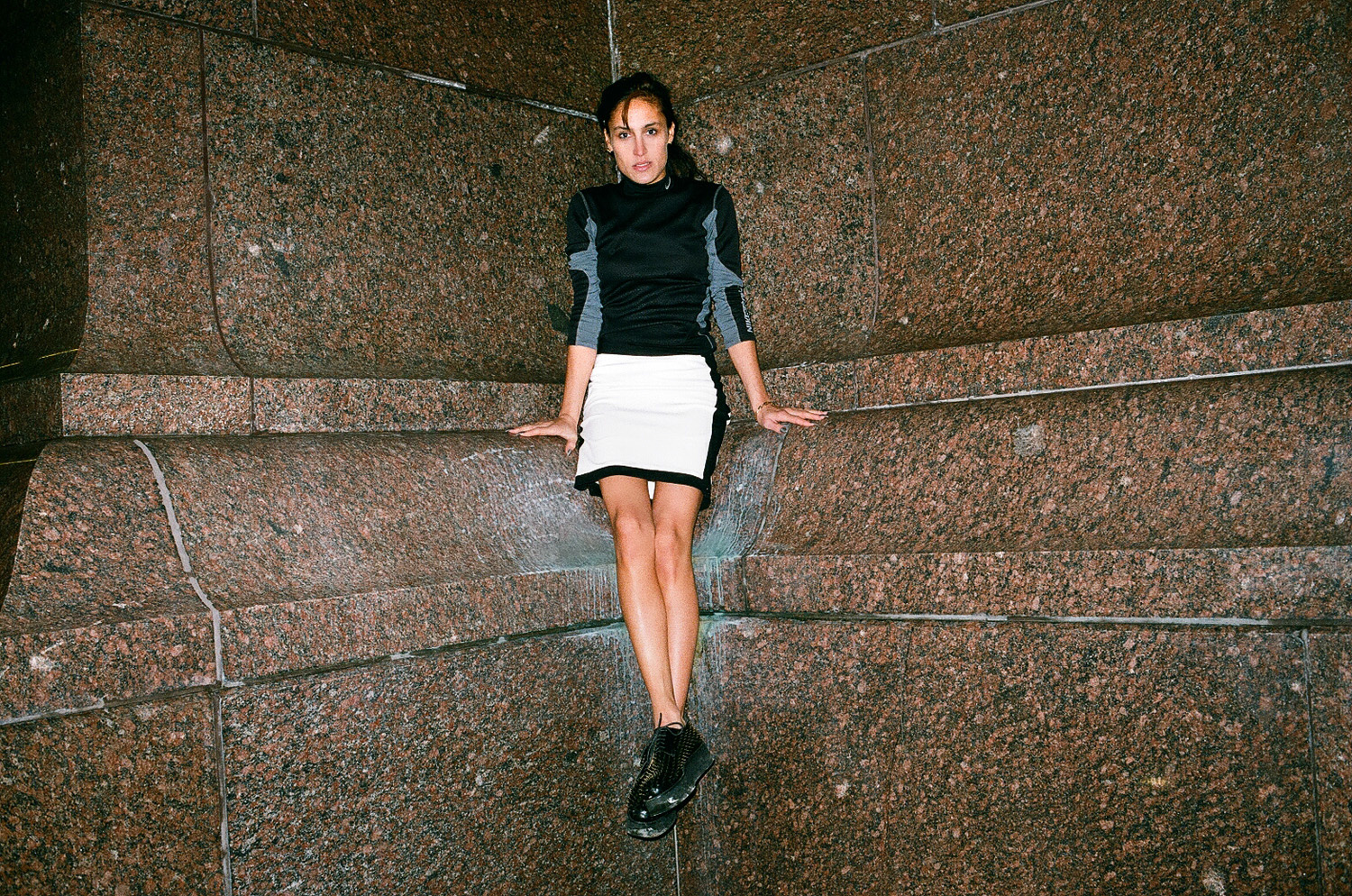
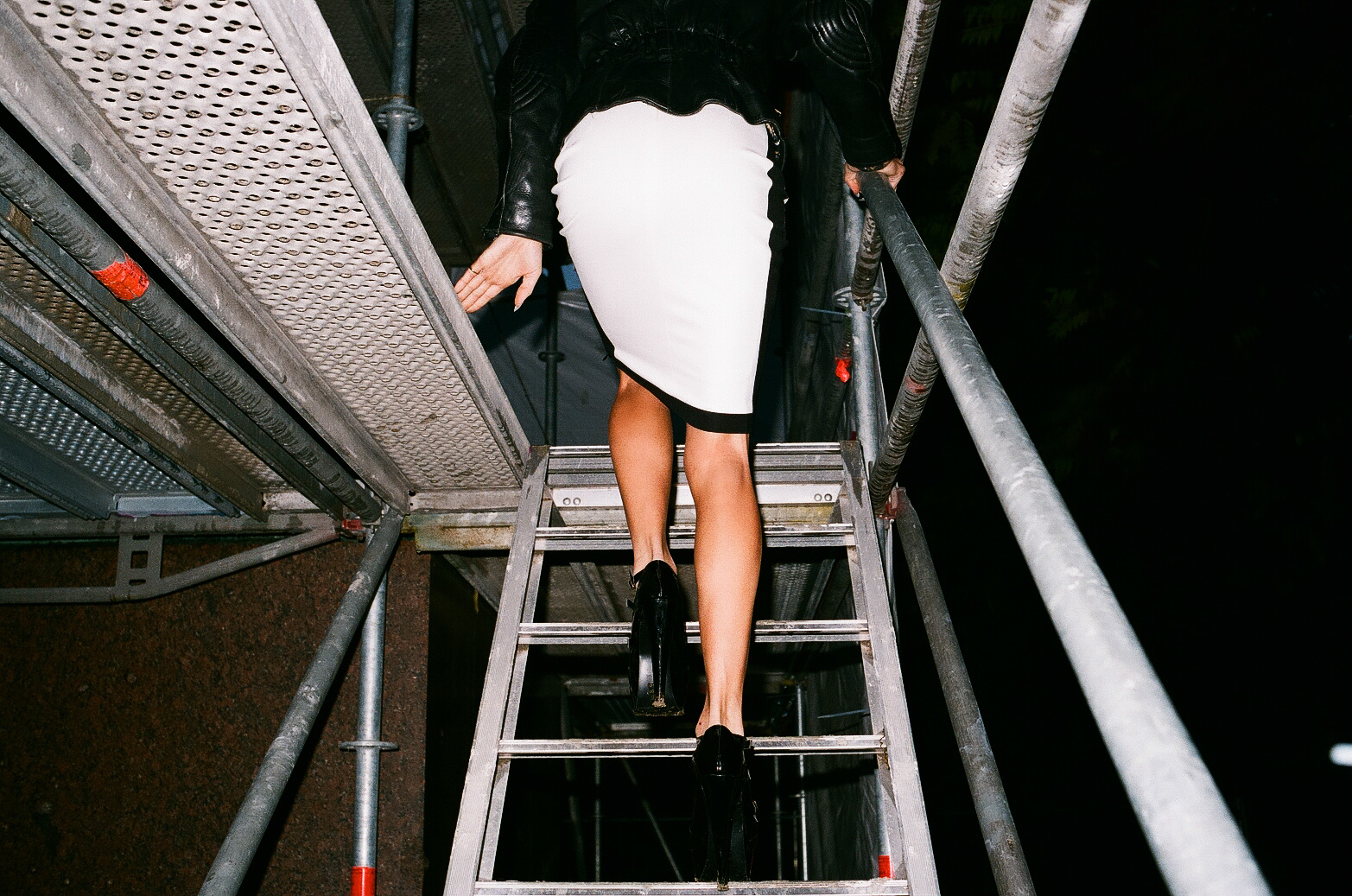
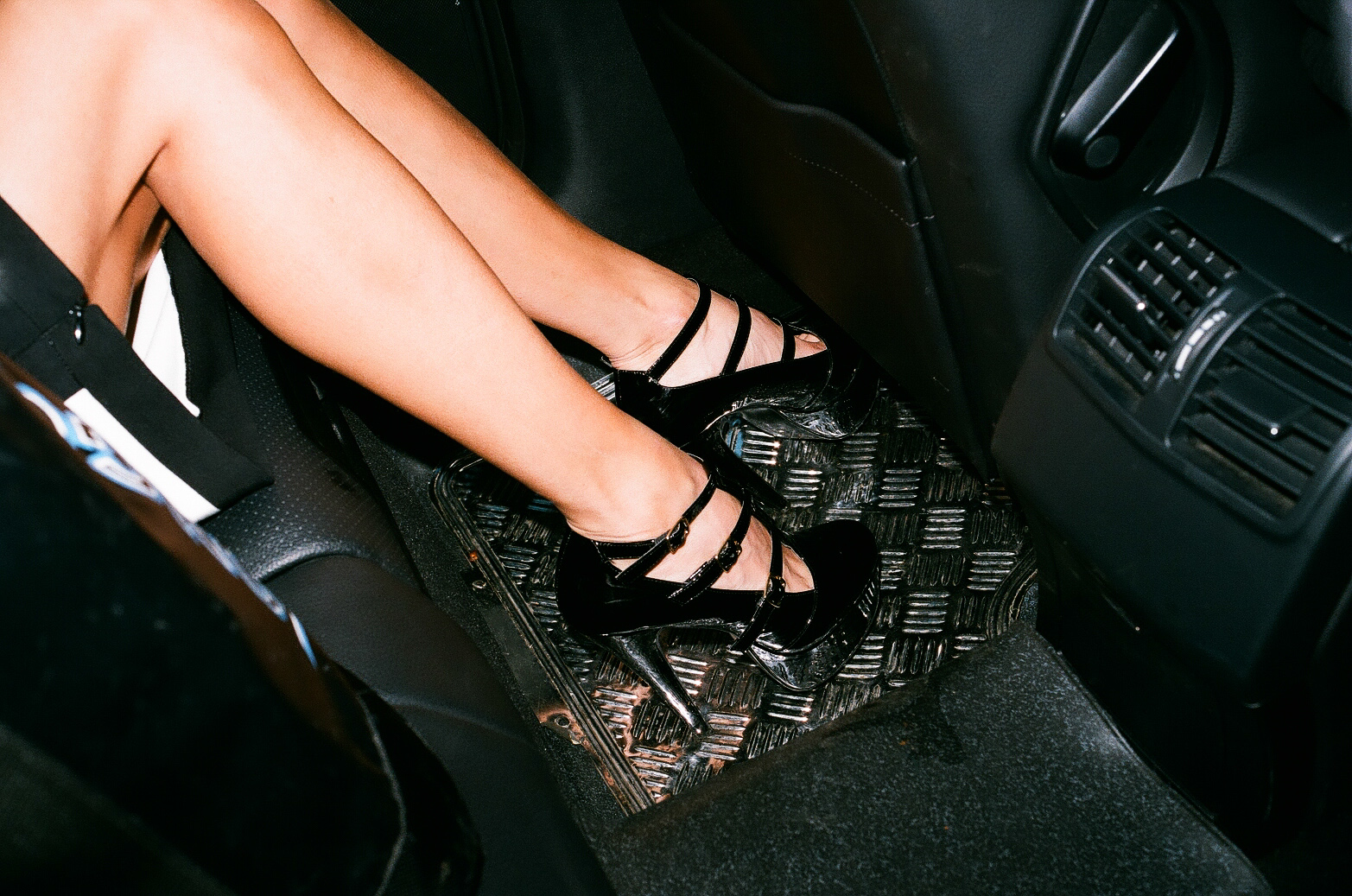
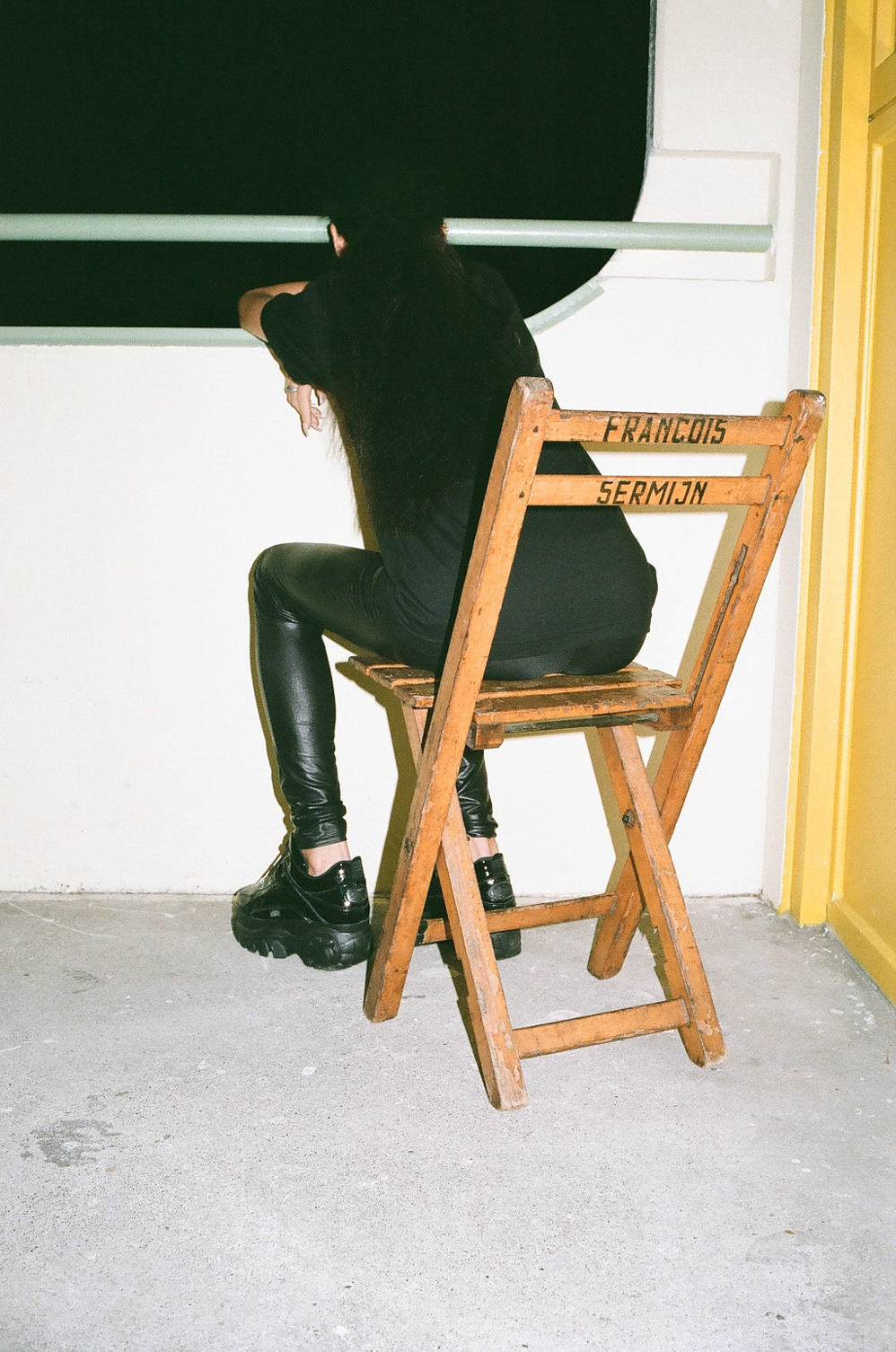
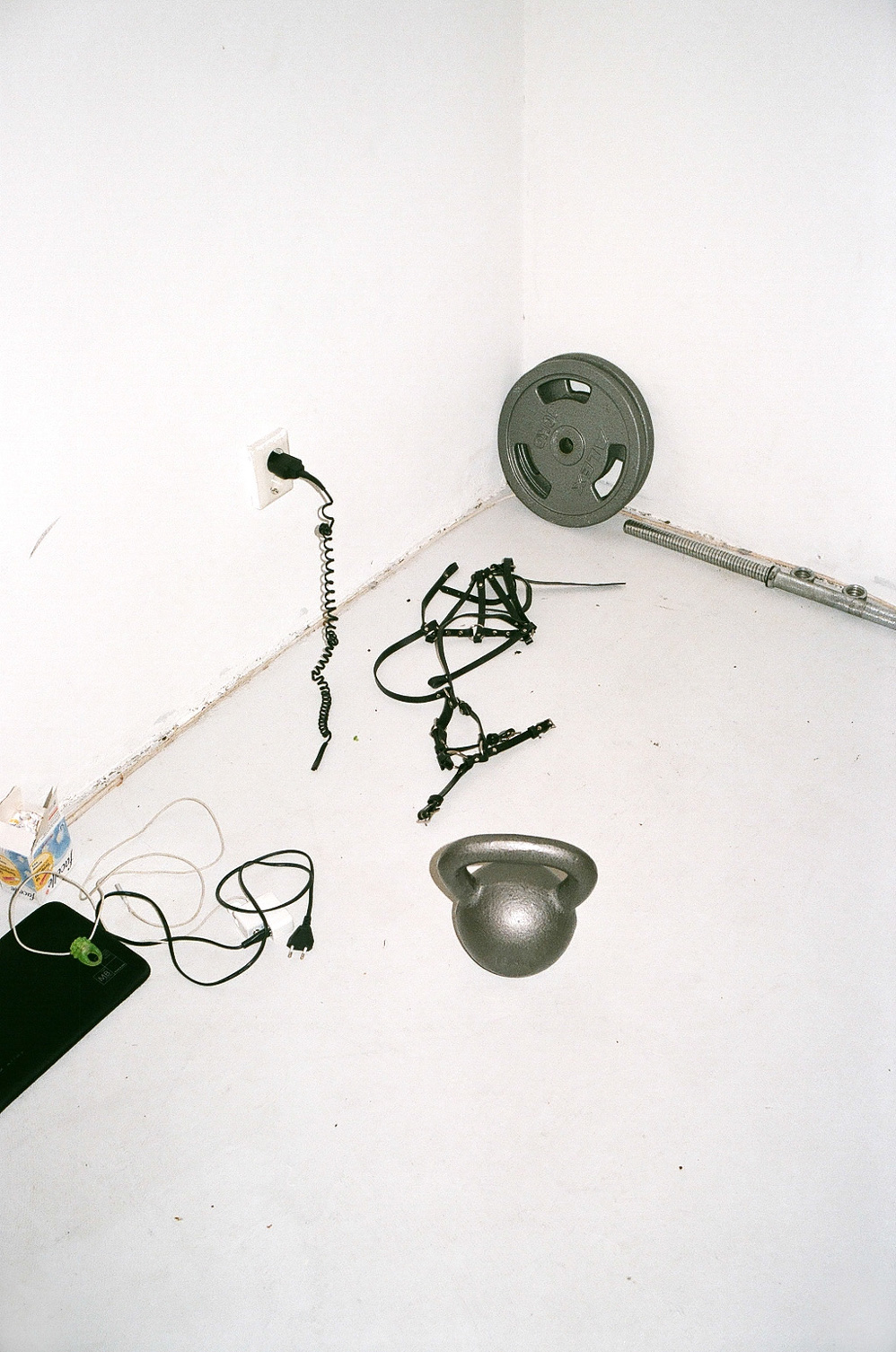
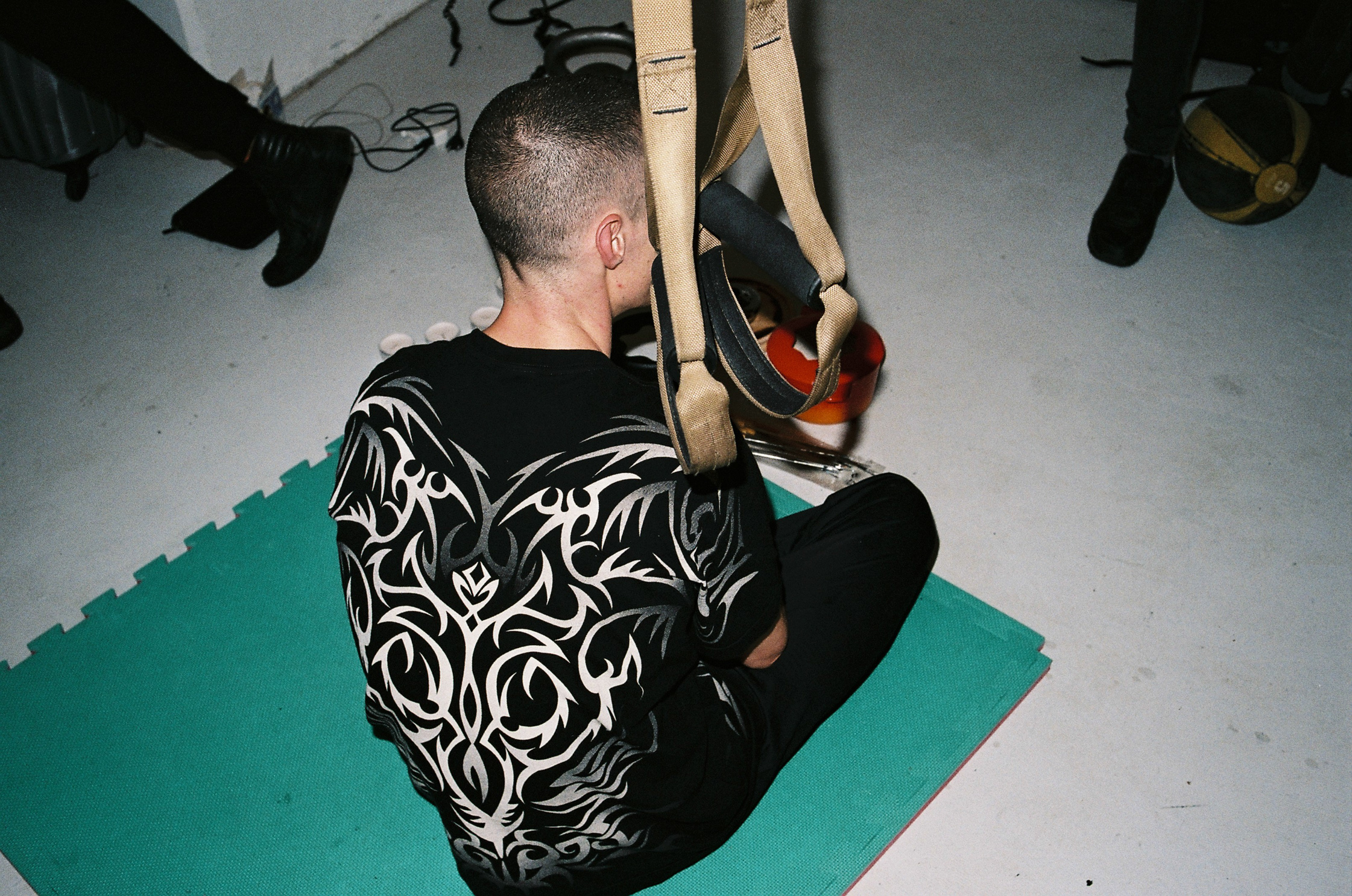
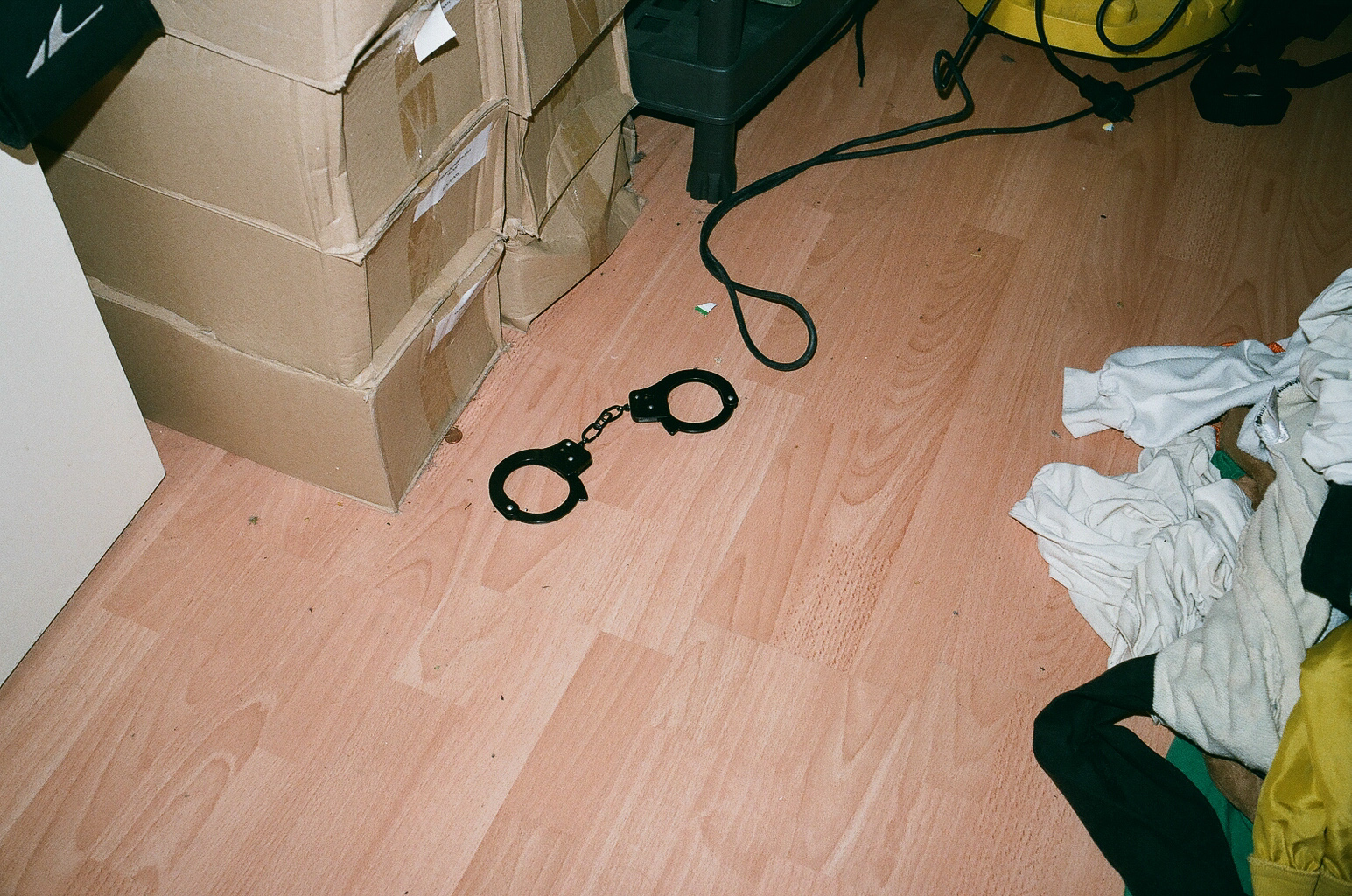
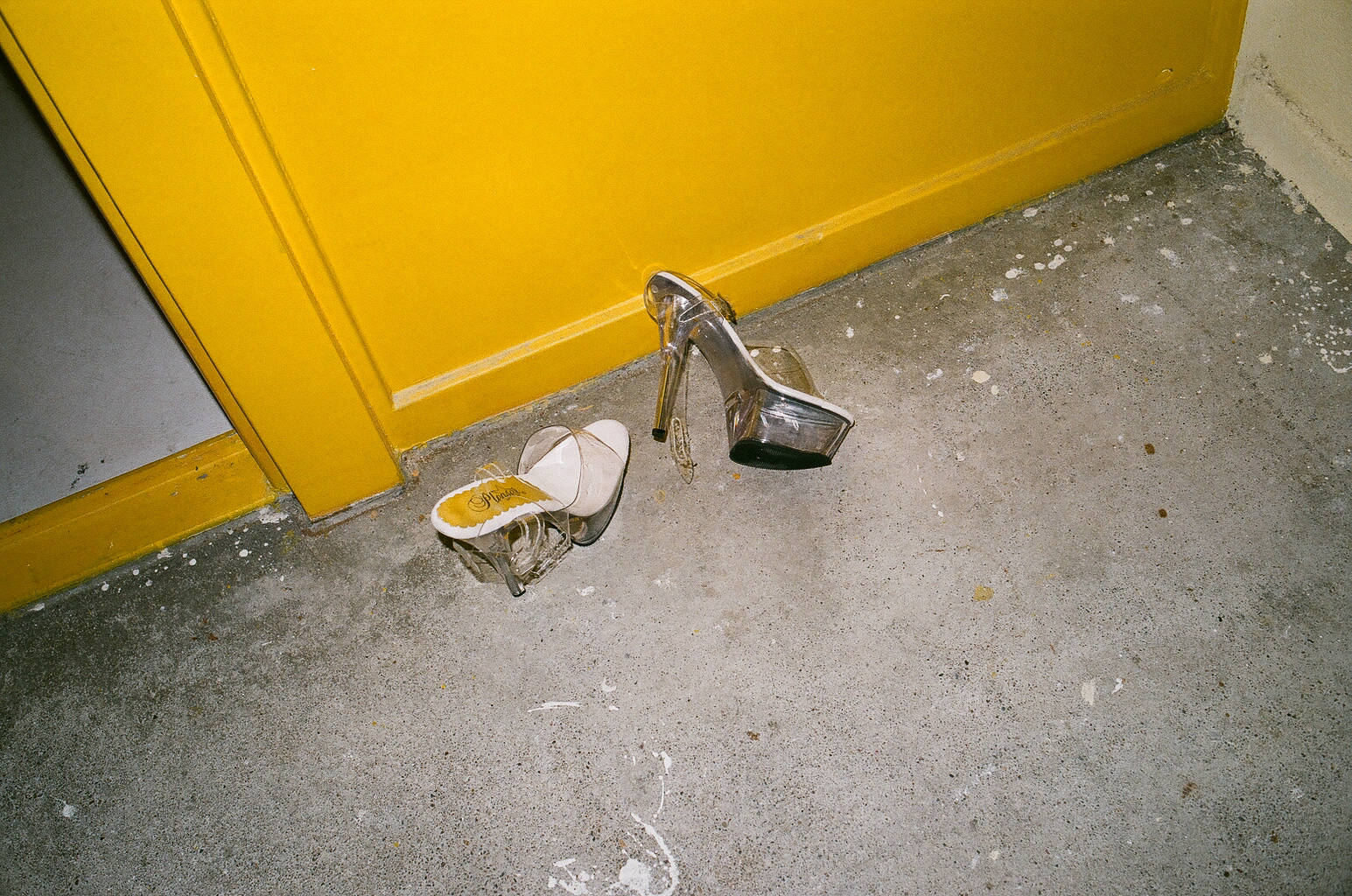
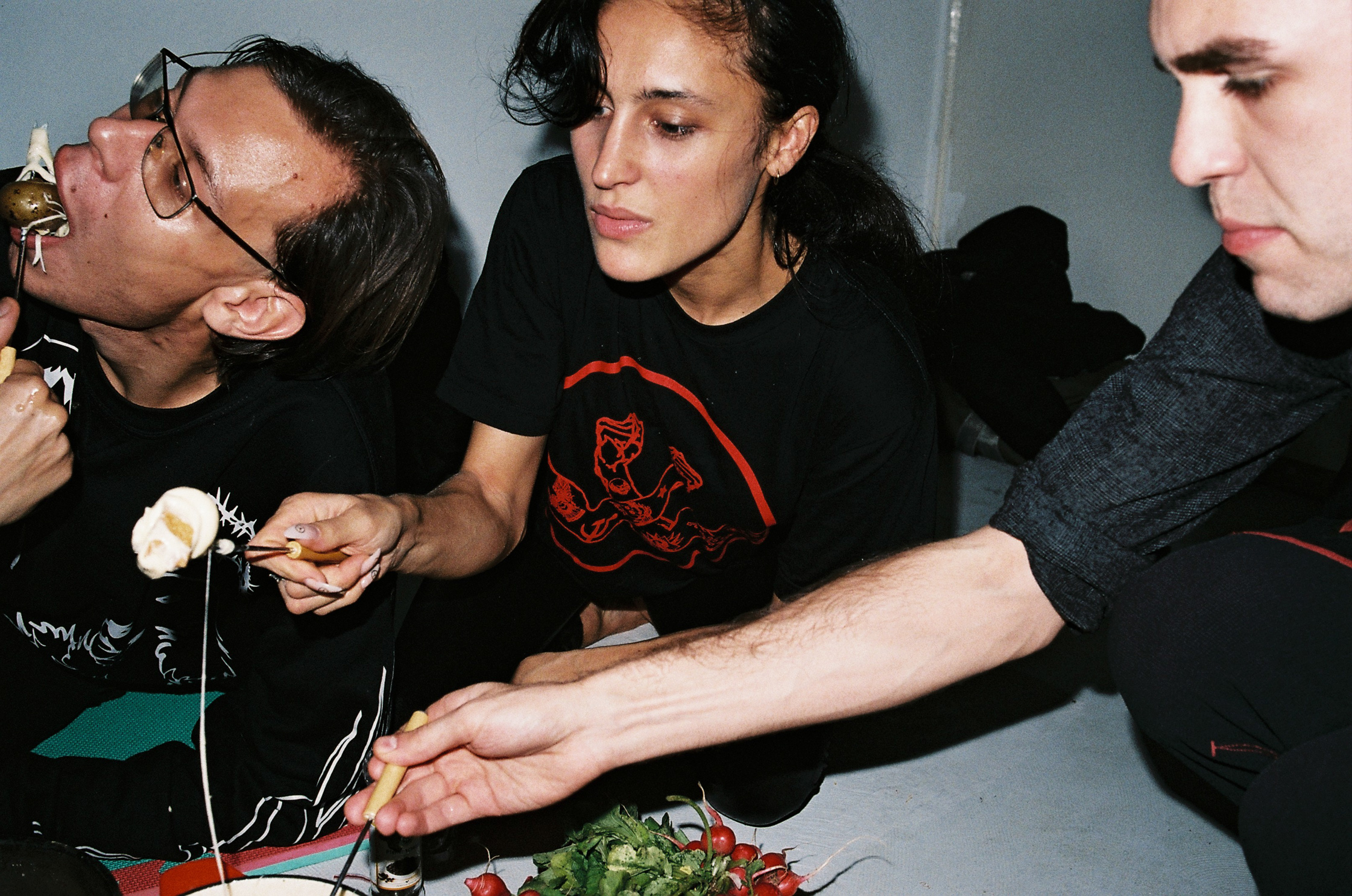
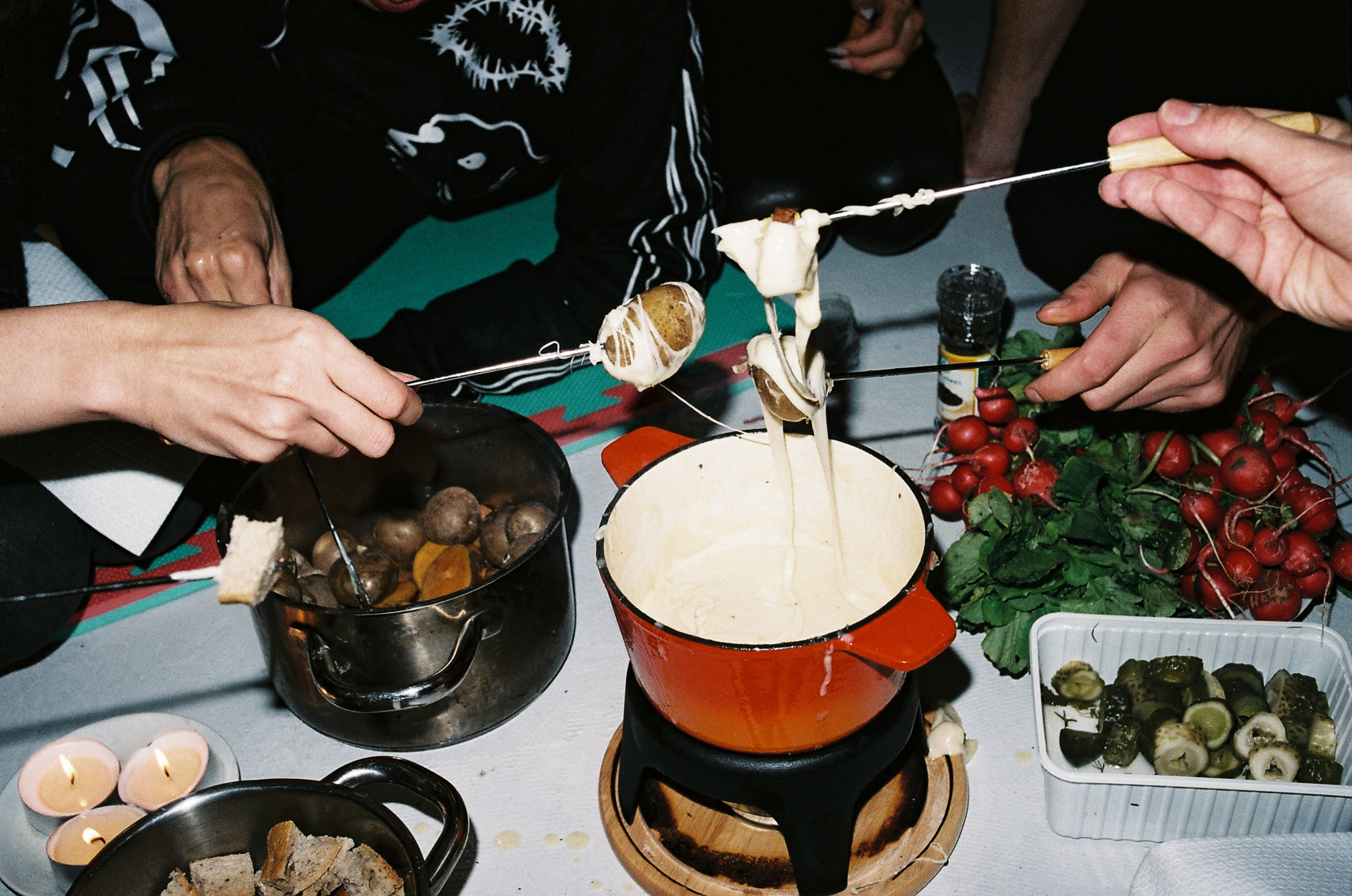
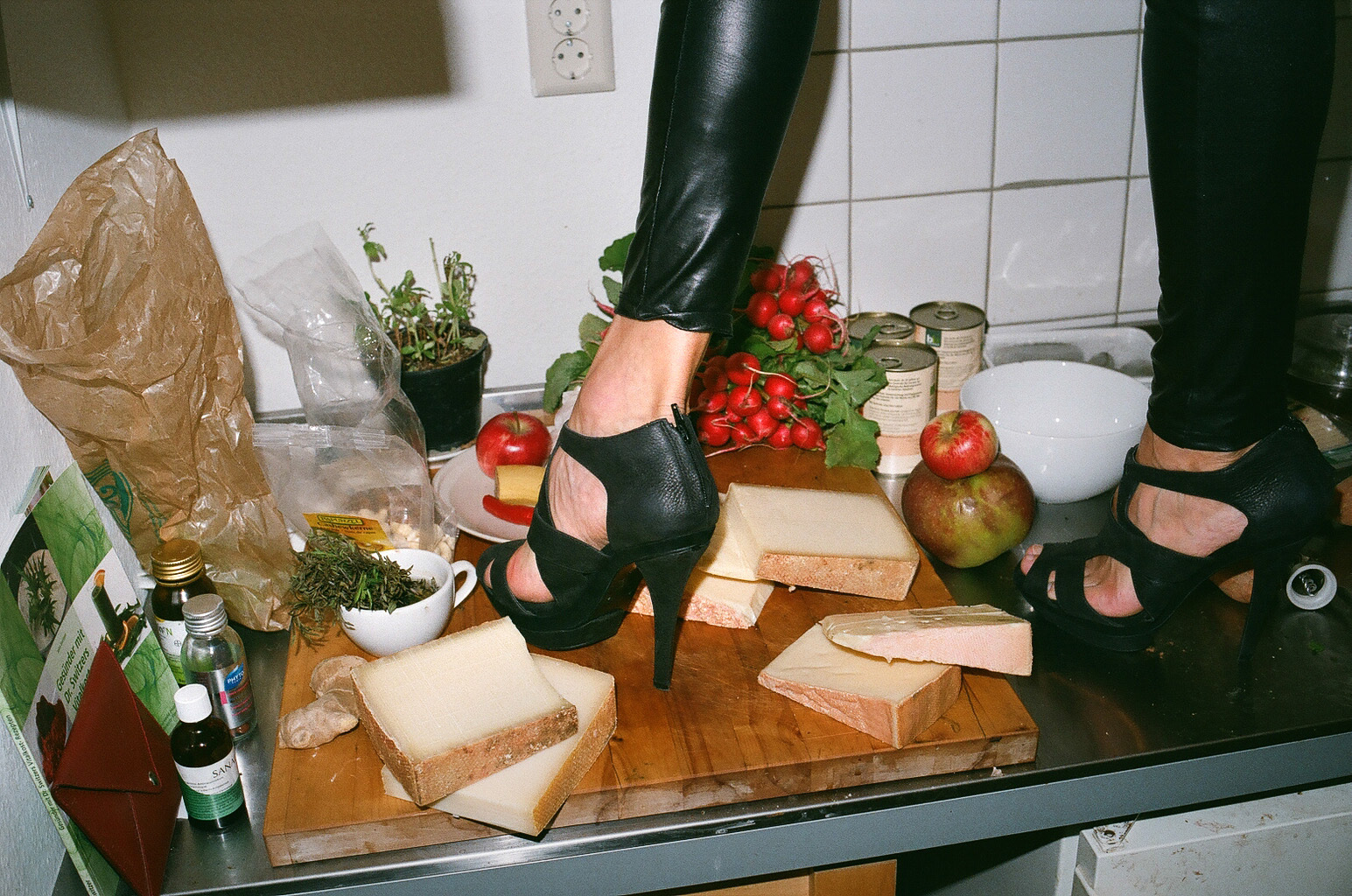
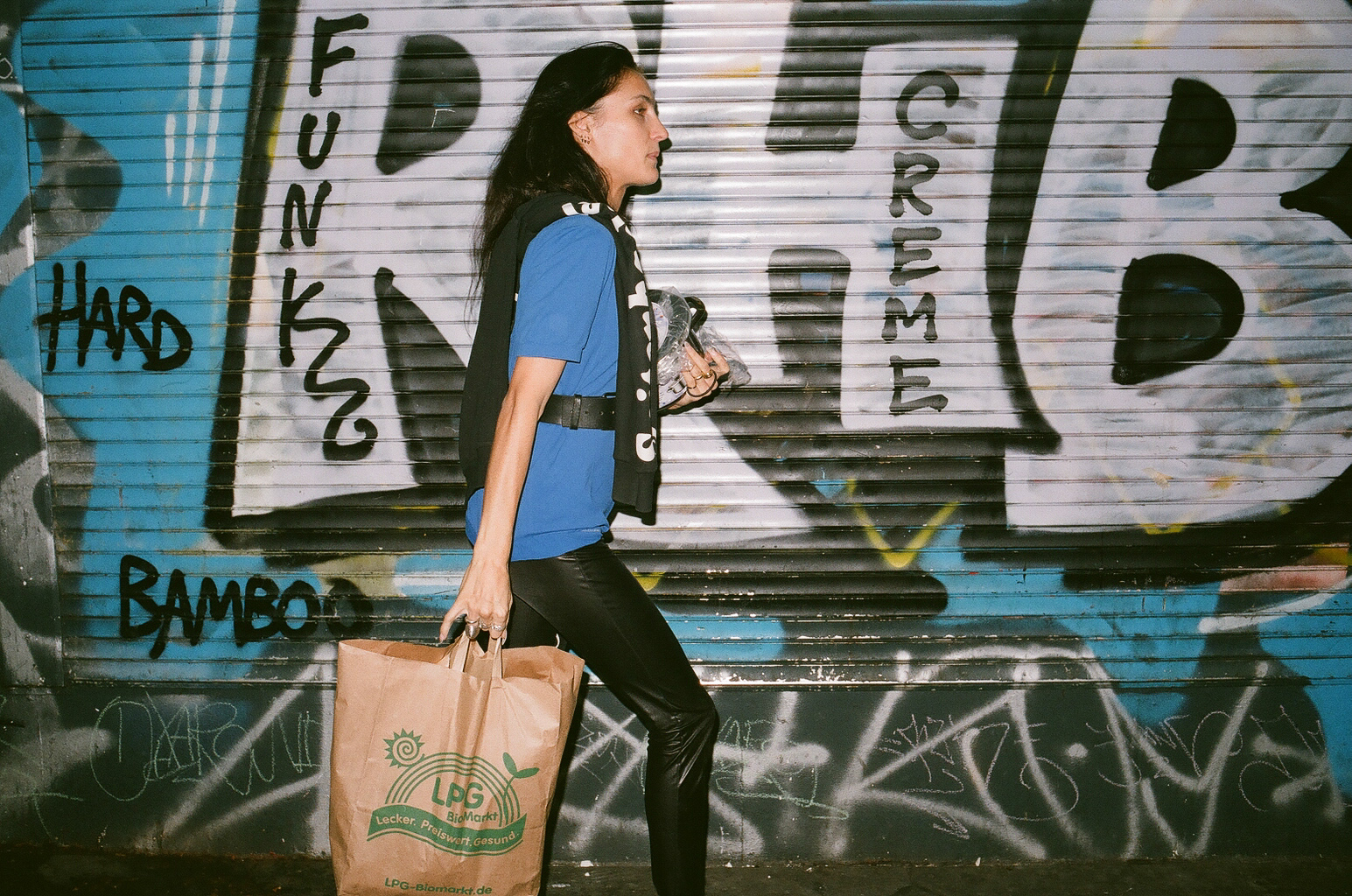
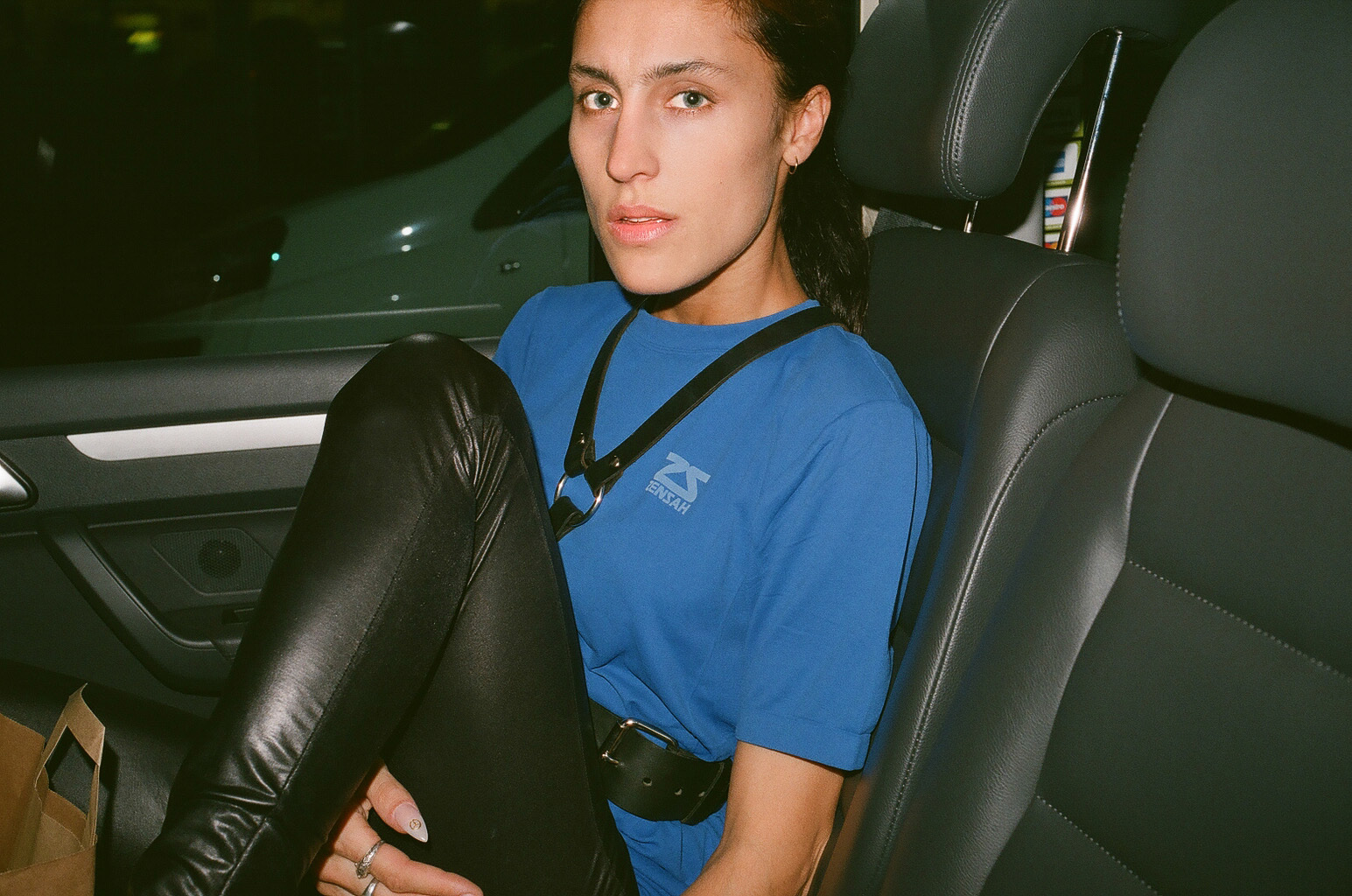
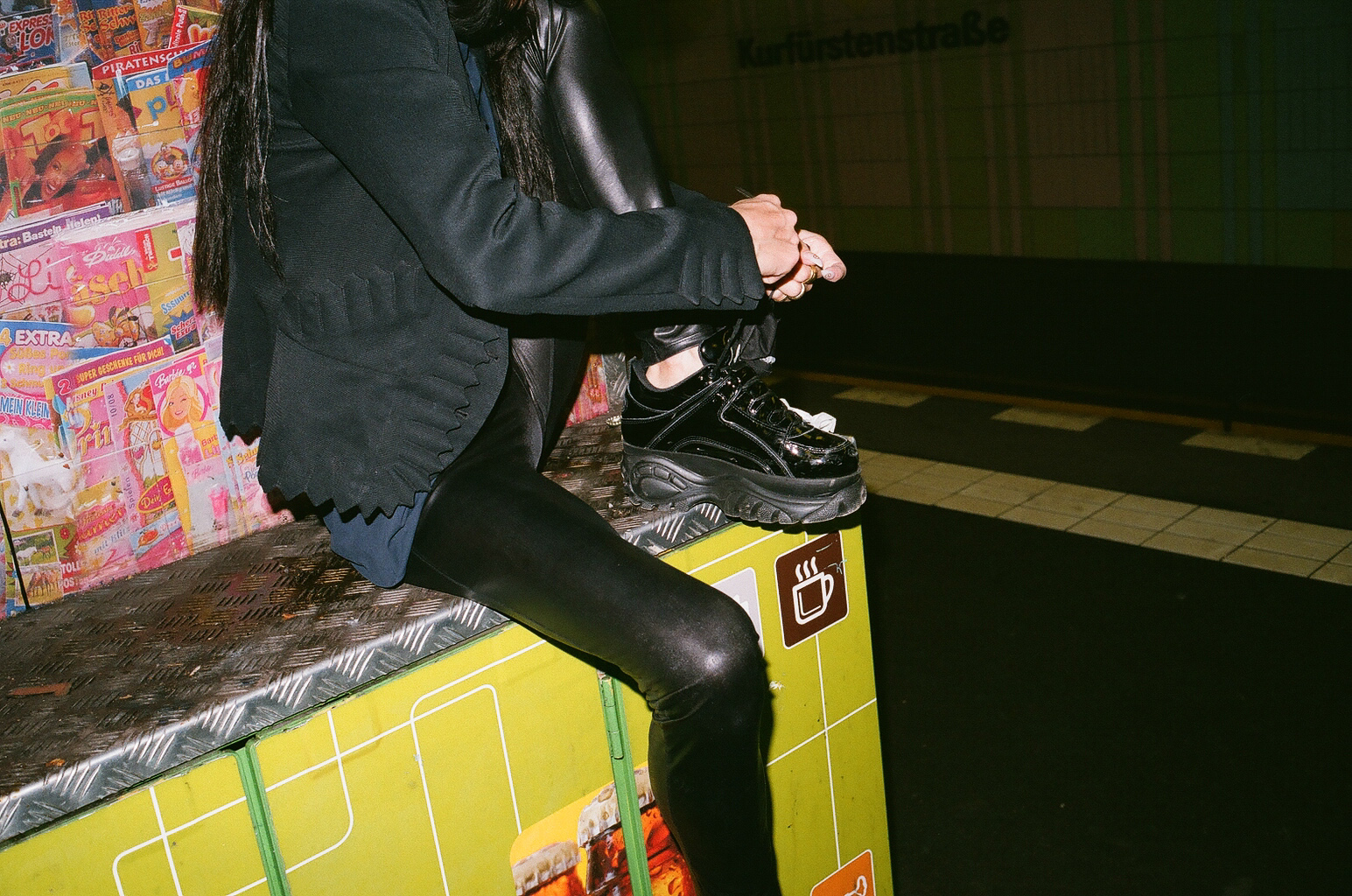
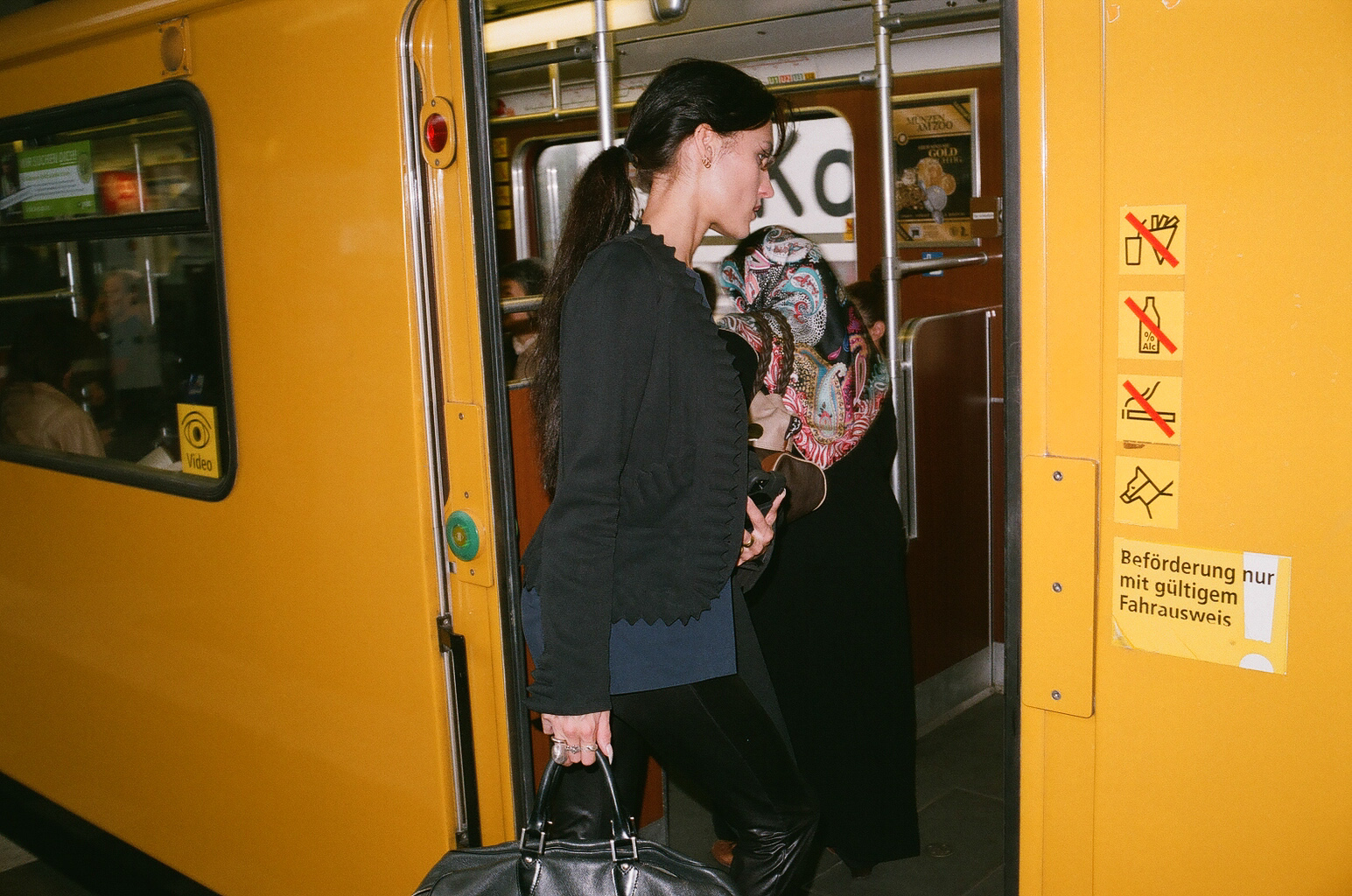
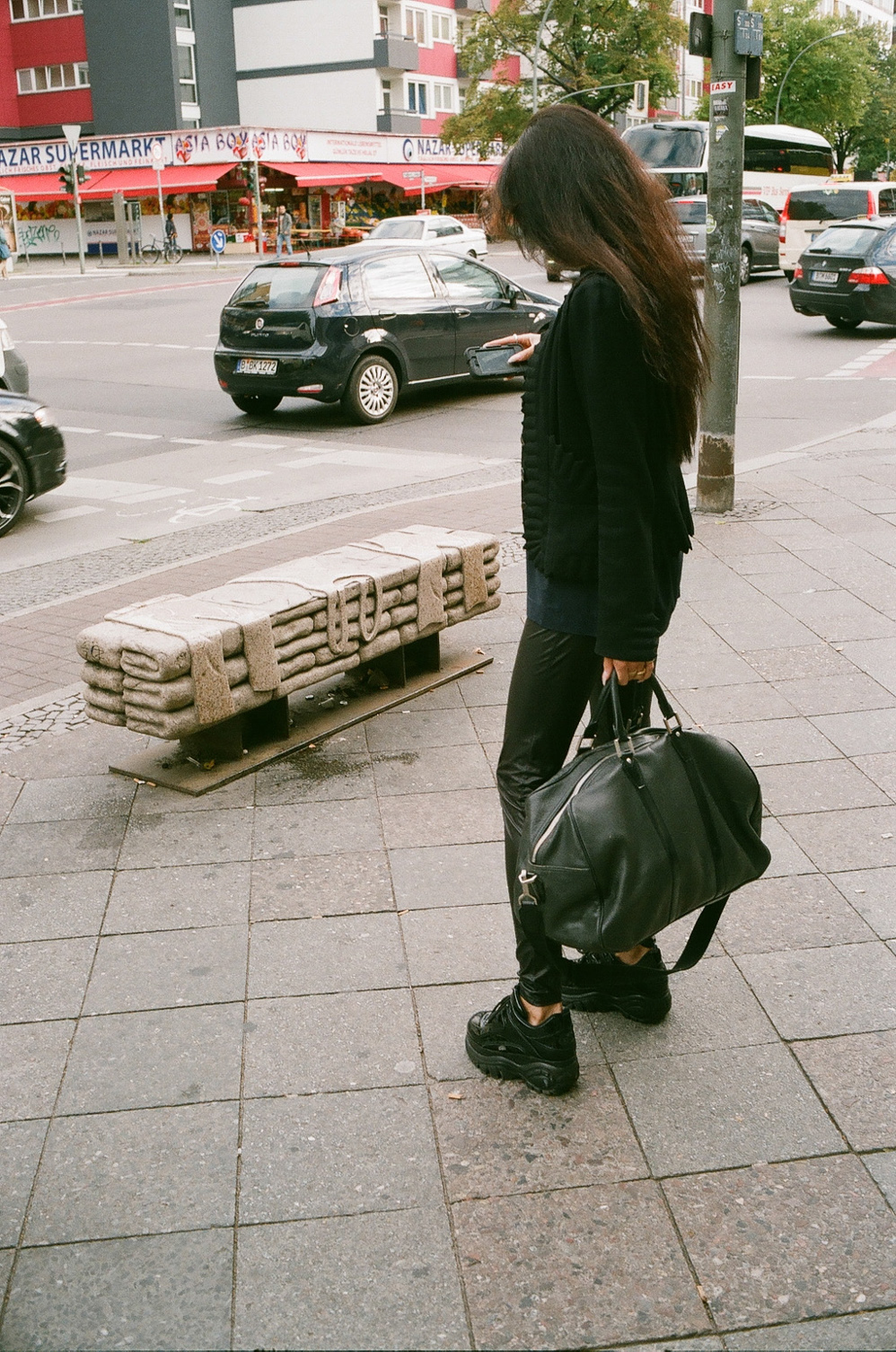
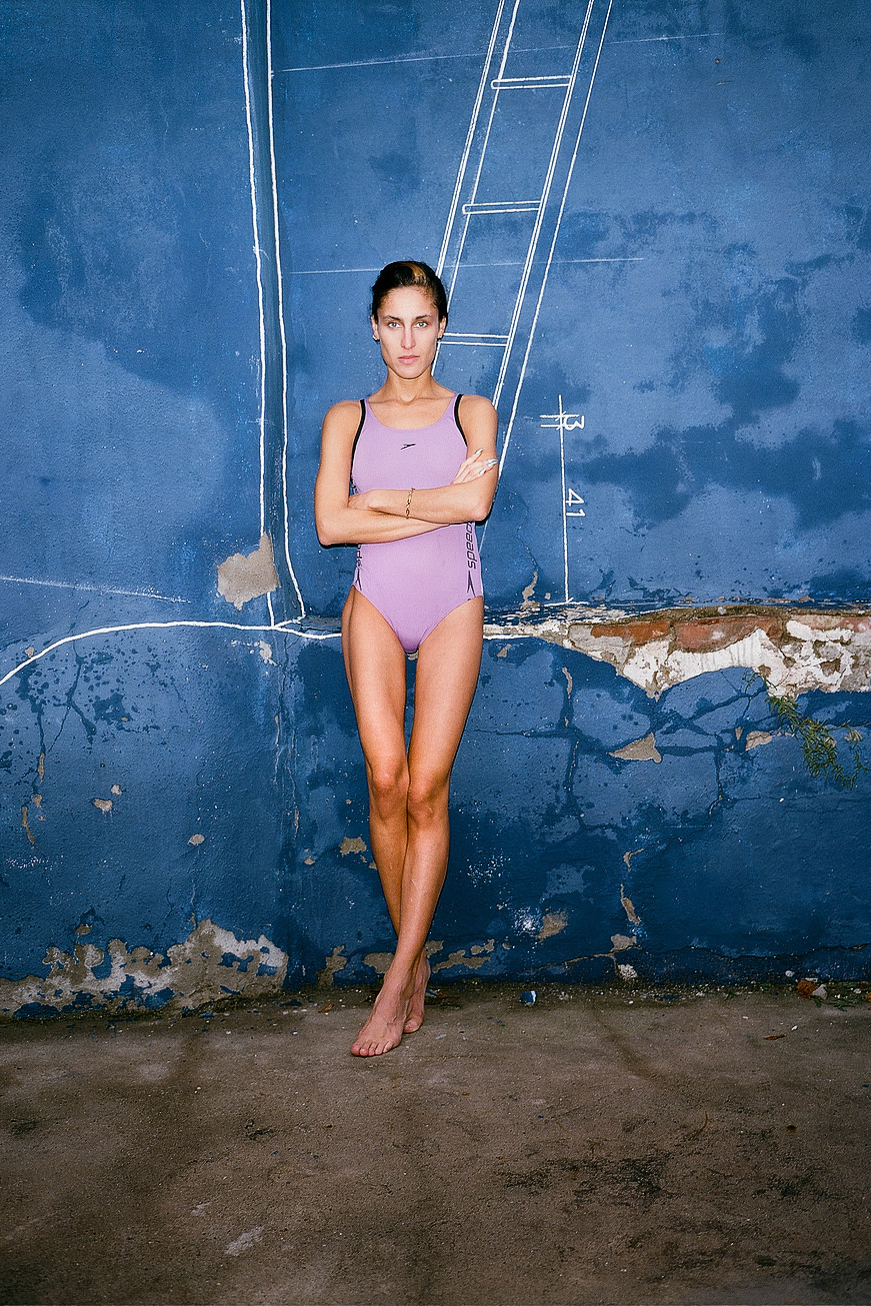
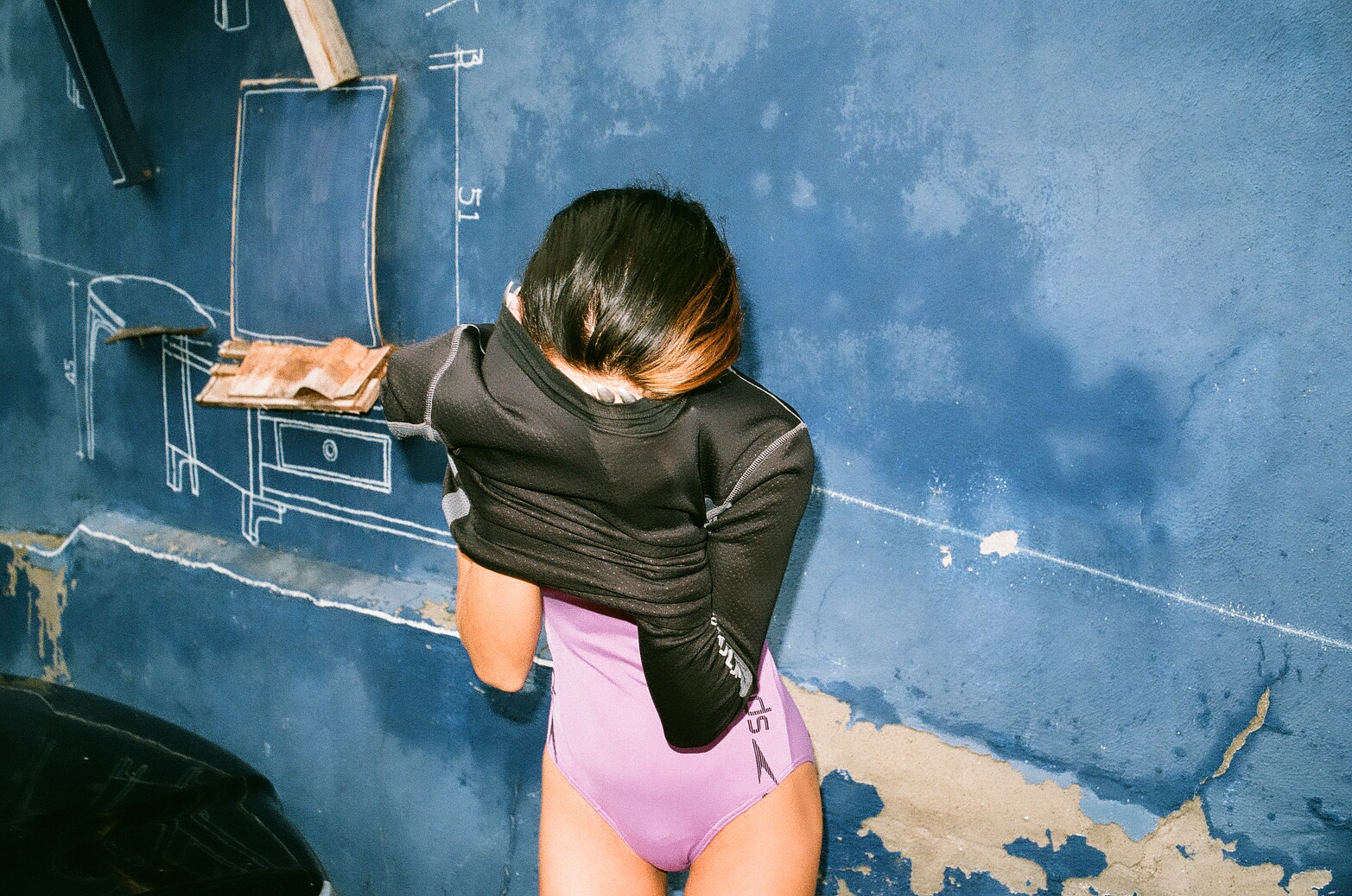
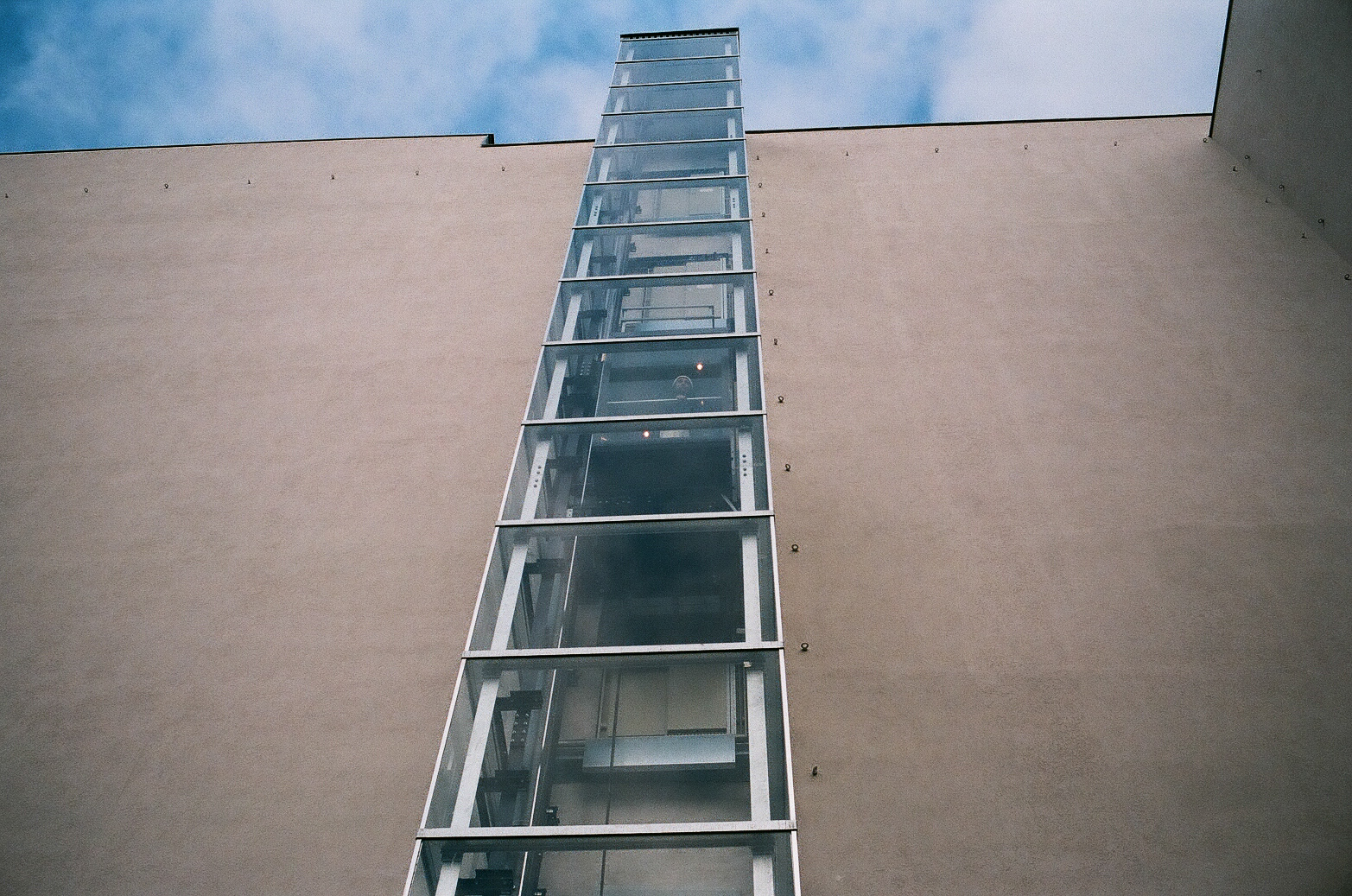
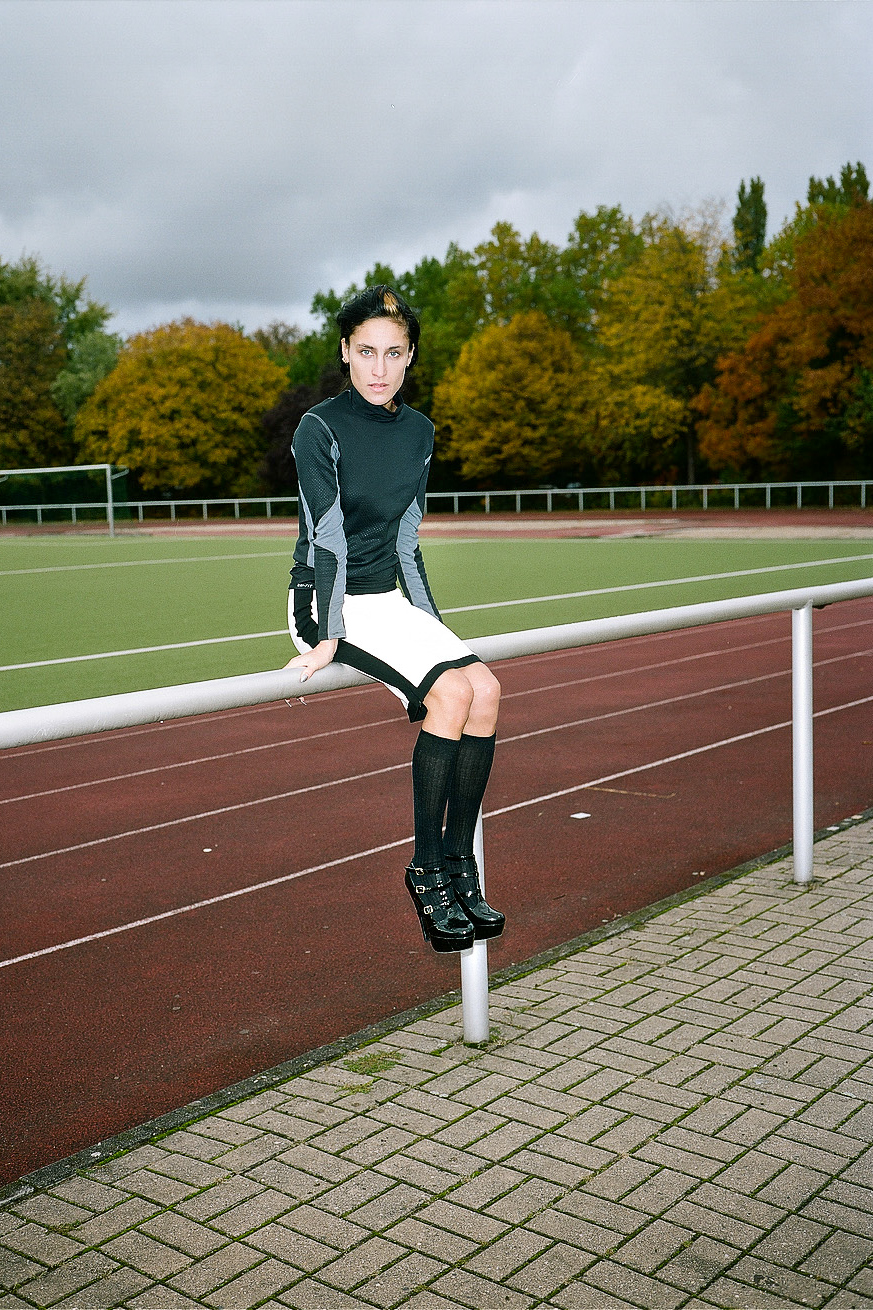
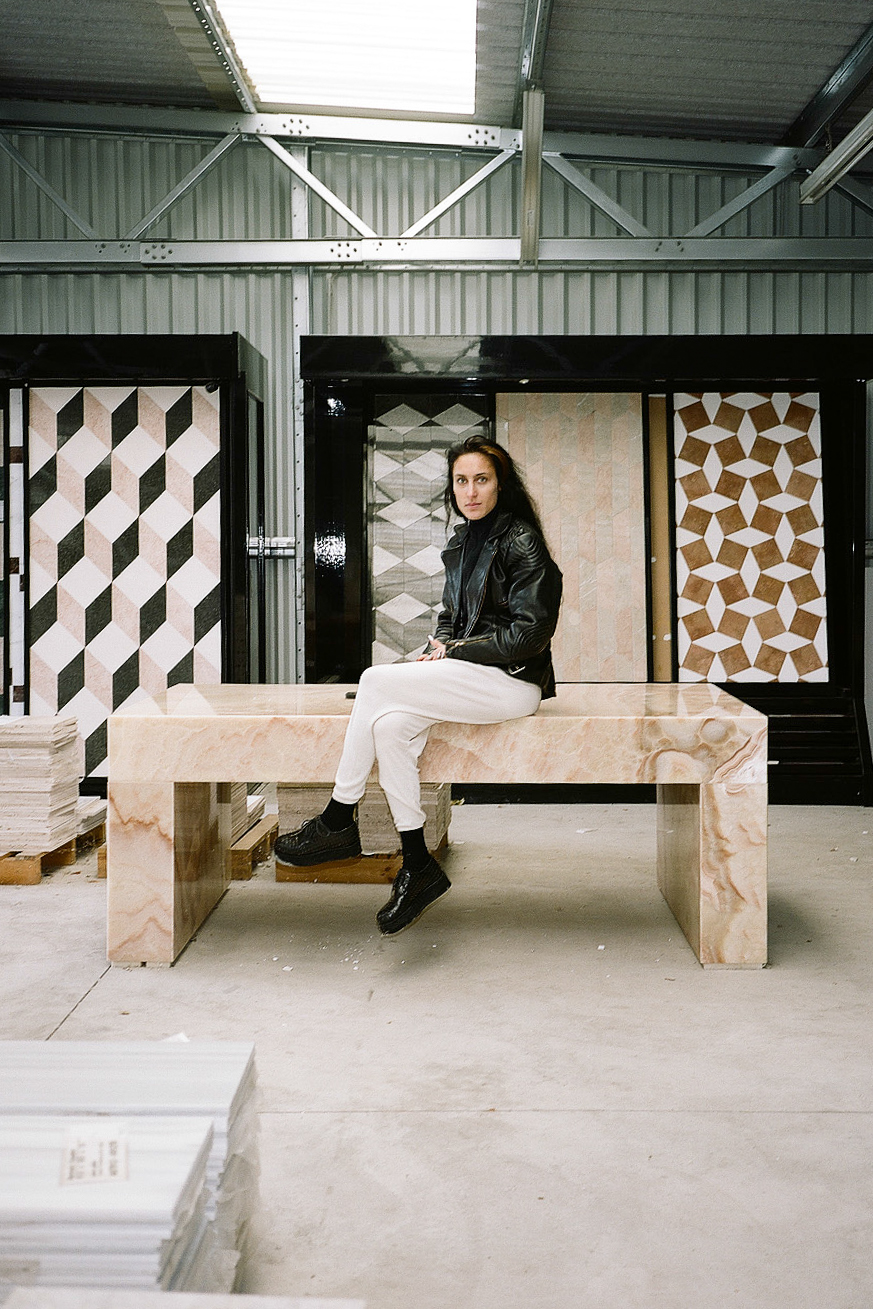
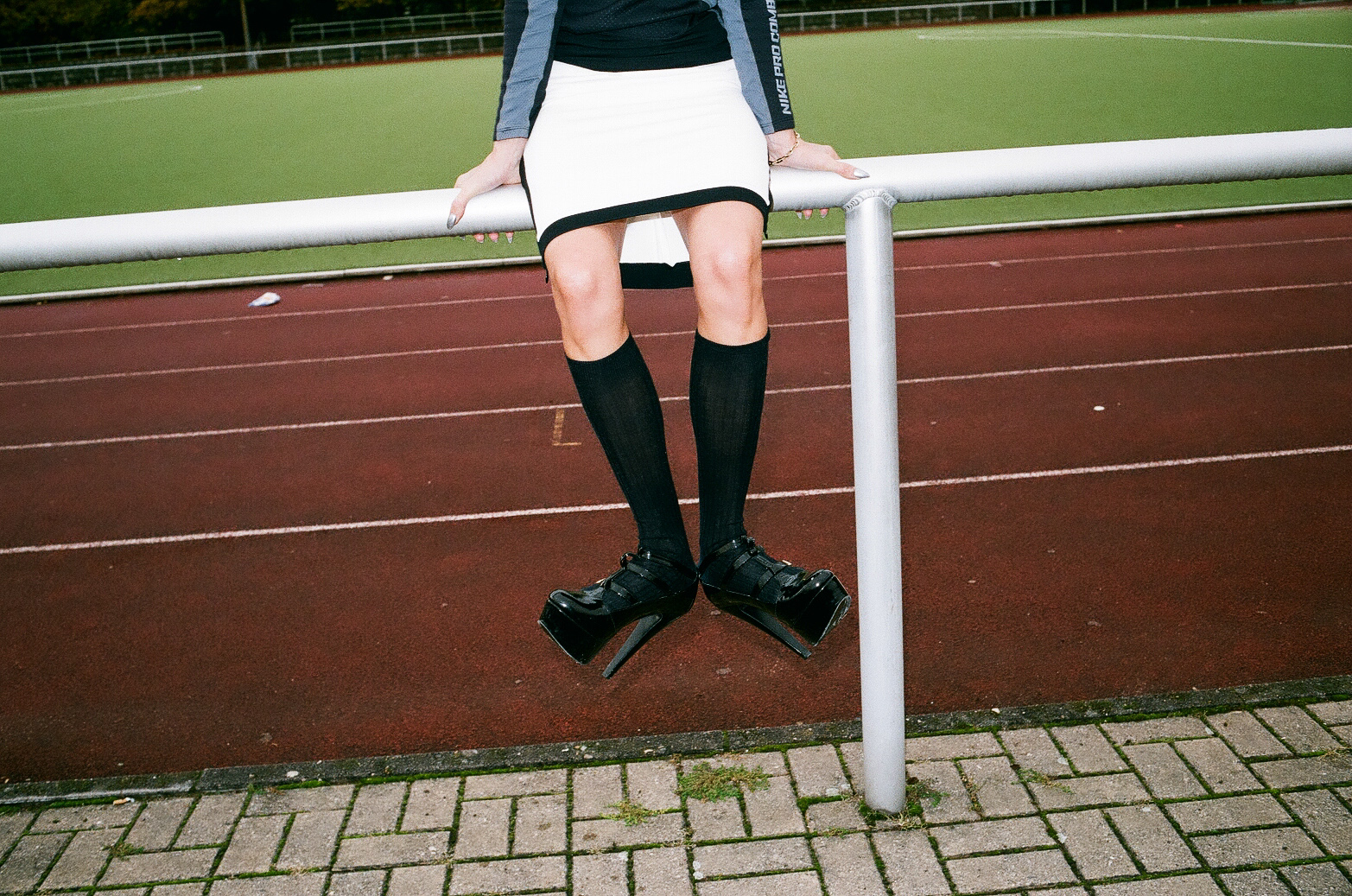
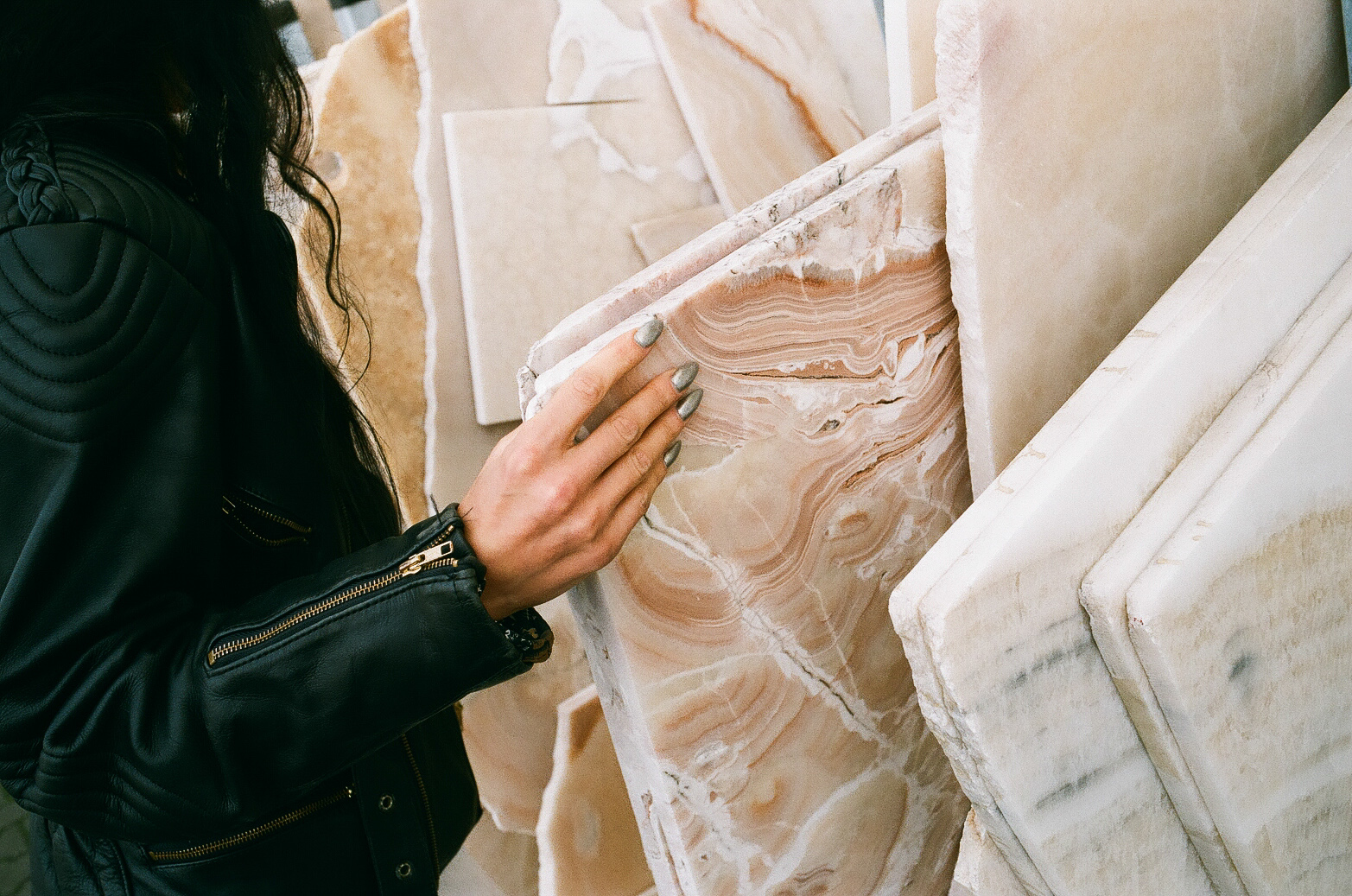
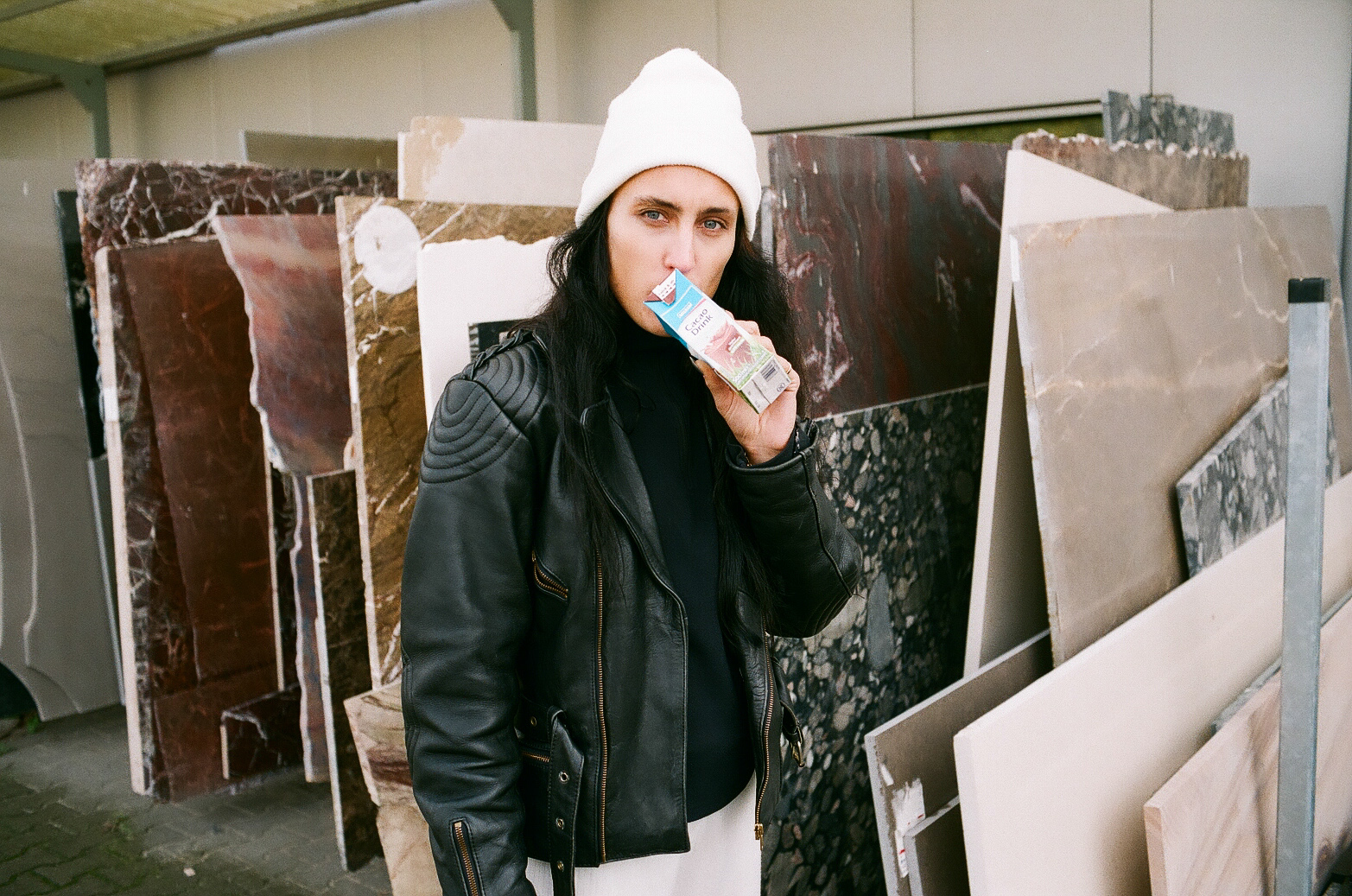
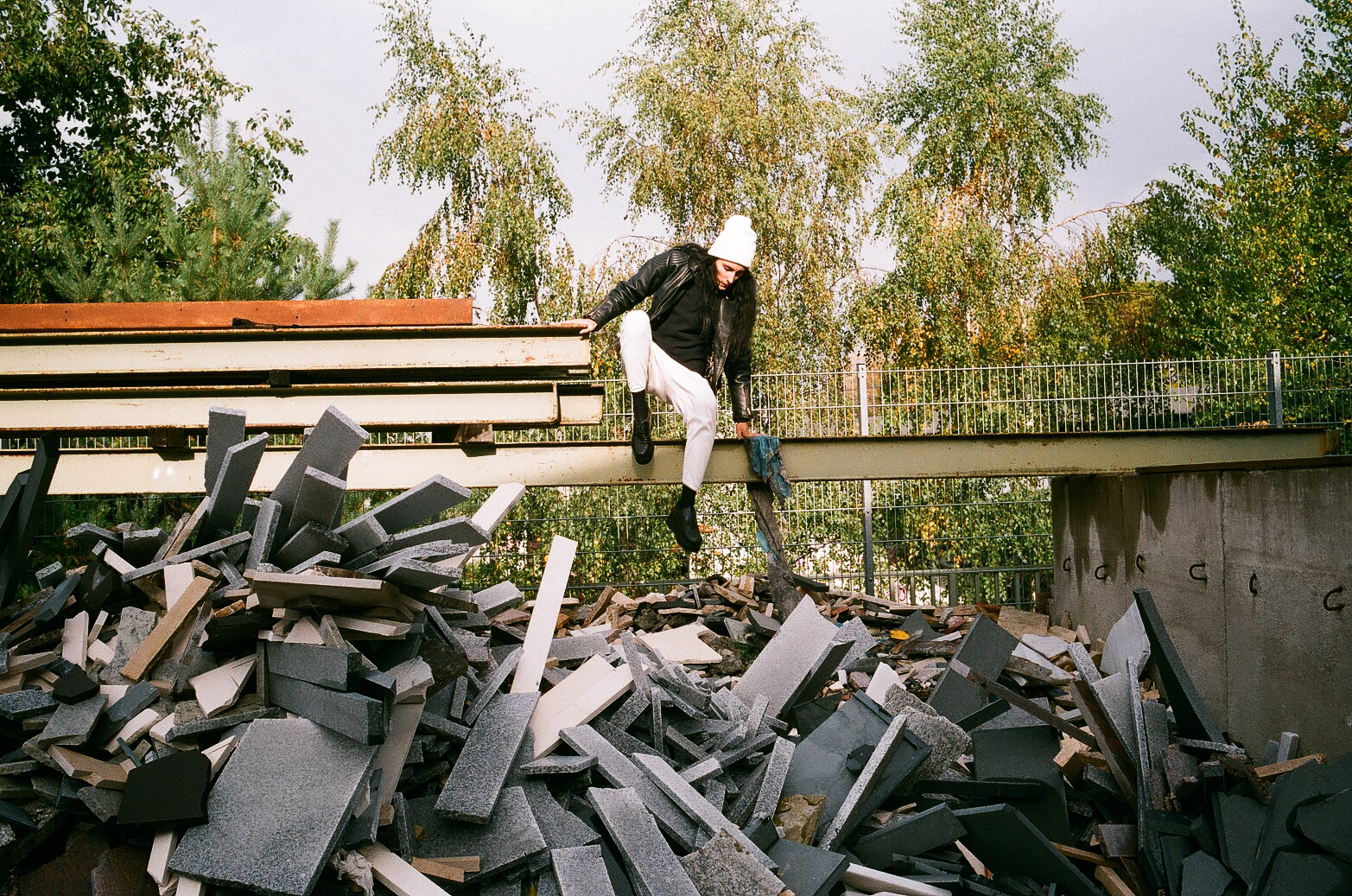
You are originally from Switzerland, do you still maintain a connection to your roots?
An ambiguous but very strong one. My present lifestyle, spread between countries and languages, must be connected to what I’ve been taught as a kid to an extreme extent: Nothing lasts, always be ready for change. Not only be ready, but stay ready. I’ve built a very strong personal world that I take with me wherever I go such as nomadic projects based on committing to strong principles and critical exchange. That also drove me to being interested in everything we invent as extensions of some human part, so clothing as an extension of our skin let’s say, the wheel is an extension of our foot, electricity as an extension of our central nervous system, for example. Extensions that are meant to produce a symbolic mark for others to read. It’s quite simple.
My actual roots are still a strange concept to me. They do not exist as a reality though, they are more a myth, perhaps a subject of fantasy, because I never really had or took the time to build them anywhere. Instead, I’ve been building a complex network of places, and most of them are mental. My human relationships are what ground me as a being, and the situations or objects I create, the marks that I produce, make me belong to certain places temporarily.
Actually one of my projects, Novembre magazine – devoted to investigating the “Swiss case” in innovative arts and design – is obviously a form of connection, as it is concretely related to Switzerland through its ambition to approach the concept of “neutrality” and “roots” or uprooting processes and autonomy. We do it through a declension of filters as we collaborate on content with many other artists, designers, and engineers.
You have a talent for dancing and used to be a ballet dancer. Was this a childhood aspiration?
More a teenage impulse. I got into it when I was about 15, which is dramatically late compared to most performers in that field. It was not really about dance per se, but more about performance and a sense of self-improvement. At some point, that type of physical training also becomes, or requires, a form of addiction. It’s very intense. I was also definitely attracted by a technique favoring symmetry, dynamic balance, the harmony of the entire body, and developing emotional control and attention skills. I’m probably still playing that game with myself. Also, classicism is definitely part of my vocabulary, ballet makes absolute physical sense to me, even if I regularly reject it. It’s just part of the way I think and move, that notion of “line” being a continuous thread through a phrase of movement.
This early “aspiration” as you say, encouraged me to wonder about models in general, in a very abstract way: what are they? It may be obvious that models are only metaphors. But for me it wasn’t. Actually I am still having a hard time admitting that they only work until they don’t. I even catch myself warning my students about it: Don’t take your model too seriously. Rather, use your model, apply it to the things you can see. Then use it to interpret things that you can’t measure, and hope that it more or less interprets directly. And when the world blows up, when the project fails, that model is going to be bad and the interpolation isn’t going to work!
At the time, I would regularly get in trouble for wearing weird earrings, fake braces or inappropriate clothing. By the end of this training, I knew exactly how much I could get away with. Or I thought so, at least! I was playing a game with them. I waited until I was the lead in the school production before I had my first serious accident, wondering if they would kick me out. They didn’t, however, I realized I actually didn’t want to be there anymore, so I quit and applied to art school.
Can you explain how None of Them Dance Company was established?
I was invited by Maja Wismer to present a piece in the context of the performance program at the Liste Art Fair in Basel in 2011. I decided to stage a group of interdependent situations connected by and interacting through motion, performed by five dancers. It was very abstract choreography composed by the activation of movements and the succession of their patterns. As soon as a constellation of bodies would become off-balance, the opening motion would continue passing on throughout the entire length of the performance.
It was an extremely sober mechanical ballet deprived of accessories except for very simple costumes made by Johanna Bloomfield. One body would propel the next, impulse after impulse, creating temporary stages of balance, temporary spaces for activity and rest. I suppose that the “None Of Them” name is connected to my constant interest in exploiting the productivity of self imposed constraints and triggering the fabrication of new connections and combinations. In a way, it’s never about “one” aspect in particular, it’s about the interdependence of each unit in a whole and the adaptability of each element in specific situations. I like to see choreography as step-by-step problem solving. For me it is a problem that I invent or provoke to begin with that allows for the organization of constellations of bodies and thus conditions the possibilities for the next movement.
Also, it’s about me taking a step back as a performer. Honestly I’ve always considered that my role is to be ambitious for art, not for personal gain. The ethics behind creating a work for myself and for others that is worth witnessing and worth being talked about is also a consideration. The work of “None of them” is flexible, and was always meant to be adapted to different bodies and spaces. It doesn’t really belong to me, it is more about me becoming a voice that speaks not just in the “presence of” but potentially also for and with others, an aesthetics of operating from a position that is collective and embedded in a singular practice of artistic production.
Today you work as a publisher. Take me through your journey from dancing, to the arts, to publishing. What was the catalyst for your to move into the magazine world? Do you see these worlds interlinked?
I don’t think I changed profession multiple times at all, it’s more my singular profession that has evolved. My work in each discipline represents who I am. I try to allow the logic and source material of each of these distinct practices to spill over into each other. Dancing infiltrates choreography, videos become backdrops for photo shoots, found objects turn into pieces of jewelry, and various relationships are collaged into business dealings, magazines, and adoptive families. The boundaries between my singular voice and the plurality of voices in my publishing projects for example, are also subject to constant negotiation.
While my manner of speaking, writing or dressing can be reclusive and personal to the point of opacity sometimes, it can also be highly communicative when involving other people and reaching out to new connections. Naturally, my way of life expresses personal thoughts and feelings about my work, and the reverse is also true. My intimate relations with the art and lives of others often result in collaboration. That doesn’t mean I don’t believe in a clear separation between life and art. On the contrary. It seems art is the only arena left in which difference is tolerated, at least in Central Europe and in what I know of Northern America… I don’t think it even exists in politics anymore…
You are the creative director of Sang Bleu with Maxime Büchi. Sang Bleu meaning ‘Blue Blood’ covers esoteric topics, alternative lifestyles and contemporary subcultures such as erotica, tattooing, torture, and body modification in the disciplines of fashion and art. Does Sang Bleu’s content reflect your own interests in counter culture?
It surely reflects my interests yes, but more particularly, my lifestyle. It might not be obvious at the first glance but Sang Bleu mixes cultures that are genuinely ‘sub’ with others that are absolutely mainstream. That’s the whole point. For me, this stance is about transcending my own limitations by rigorously pursuing the practical potential of my contradictions and weaknesses. It is also about allowing a cultural, aesthetic, stylistic and political mix in my work where visual or intellectual rigor, sharpness and precision acquire a new meaning. They emerge suddenly in the form of motifs that jump out at me from the mass and repetition with the embarrassing directness of an awkward remark thrown in the face of a stranger.
There is a necklace that was given to me by a friend years ago that made this idea really clear in my head. It was a series of little laughing silver faces assembled into a chain, and it was called “crazy enzymes from out of space.” I think Sang Bleu is somehow “counter” by how “sub” and “main” streams are woven together, that’s probably a distinctive attitude. I would describe it as “trans” more than “counter” actually. There is a certain critical and celebratory spirit of feeling enthusiastic and lucky with being bad at what you think you do best. Then it’s not only about doing it once and feeling excited or blessed, it’s about maintaining a high level of intensity in that practice, that articulation.
For Sang Bleu you also produce a range of art shows and performances in a series called Clusters that act as an extension for each issue. What do you hope to achieve with these events?
To me, all art is symbolic to some extent. I do not believe in non-representational art. An installation is a symbolic representation of an interior for example, and the interior represents an ideology, a belief system. Churches are art installations to me. The Clusters series appeared very simply after people started asking us to invest in spaces other than paper, to produce content on a different frequency. I would simply respond intuitively to demands, hanging stuff on walls, inviting people to talk, perform or just be there. In my mind, it was a sort of improvisation, an animist cult almost, where the publication came to life; performing life. Figures would spontaneously emerge from the thick flat abstract texture of the pages of a book without looking back.
The Clusters were not a big invention, it was all there: the collective intelligence of the work, the density of the content, the complexity of our brains and bodies. They all carry numbers, and each one is a world of signs that opens up to a deep space of lived experience.
This has also allowed you to delve into the art world.
Yes and open up to new audiences. The last two ones this year took place in Geneva at Galerie Skopia and involved Duane Pitre, 18+, Alix Lambert, Scott Campbell, Henda Giarratano, Florence Tétier, Alis Pelleschi, Aimée Mullins and Ilja Karilampi amongst others, upon the invitation of Pierre-Henri Jaccaud. Also in Münich at Haus der Kunst, featuring collaborations with Ahmed Abdelrahman, Brute, Cottweiler, Rein Vollenga, Zana Bayne and more upon the invitation of Felix Burrichter.
Who are some of your favorite artists and or fashion designers?
In an absurd order, I love some works of Oskar Schlemmer, Josh Smith, Stephane Devidal, Michael Clark, Pierre Huyghe, Dominique Gonzalez-Foerster, and Kurt Schwitters. I love the music of Diamanda Galas; some films by Ryan Trecartin, Peter Greenaway, France Fiction, and Charles Atlas; the texts of Daniel Feinberg and Jon Leon; the jokes and writings of Richard Prince and Ettore Sottsass; and the clothes of Cottweiler, Cyberdog, Lanvin Hommes, Johannes Faktotum, Dainese, and Luar Zepol, it changes!
What drives you and where do you find inspiration?
I am attracted by things that confuse me and piss me off a little. If it starts like that, that chances are great that my brain will change, even just slightly, which means the work is really good. Also I simply think good art mirrors life and represents consciousness, so I am inspired by places, things and people that demonstrate conscience, will, and resistance. More concretely, I’m into works that involve words; the tyranny of words. For this reason I am really drawn to rap music for example, but also like I said, Richard Prince, John Giorno, and Karl Holmqvist.
Also I’m fascinated by the dependence of cinema to books, or that of art to words and criticism, I guess that’s more about the tyranny of the frame. In general, I wonder about how to really take advantage of eye and the body perception, so I’m inspired by things that touch upon the immersive quality of visual languages and attributes.
I’m also interested in inventions and I wonder how we have subsequently become enslaved by inventions. We invent language, then we become slaves to language. I find inspiration in things and people who build strategies in which we deform those habits, those conventions, not only in order to suit their own pleasure but with the intention of challenging our readings of reality. Too often, being an artist seems to be about being the best, and I find that utterly boring. It is tempting but it naturally produces bad art.
Your publication Novembre is produced twice a year, every May and November. What do you hope to achieve with this magazine? It seems to have its own separate identity compared to Sang Bleu.
As a matter of fact, it is distinct very from Sang Bleu, and the more it grows, the more independent it becomes. We launched the first issue of Novembre four years ago as a Swiss publishing partnership between Sang Bleu, with Maxime Büchi and I, and two other artists, Florence Tétier and Florian Joye. We all had quite different motivations but shared one intention, which was to create a commercial magazine that would promote interdisciplinary discussions between emerging figures within various art worlds.
In many ways it is somehow opposed to Sang Bleu because it doesn’t repeatedly fight against its own format. It’s story does not unfold backwards. We knew what we wanted, we did it, and it is working. Novembre is a place of undramatic conviviality. It is well structured, it embraces the flatness of print, and the accessibility of the net. Naturally, the people we work with, the communities, and the projects are very different, often without direct connection.
What do you enjoy about being a publisher, and why in such a digital society do you believe in print?
I enjoy being an originator and developer of content and building structures. Delivering and displaying the result of this is a very exciting position. It’s challenging, energizing and full of trouble. Seriously provoking encounters that would not happen naturally concerning subjects that I value and am passionate about is a very fulfilling feeling. Also, I aspire to work on subjects where a number of things have to be the case. One, they have to be innovative and really change something in the world for the better if they succeed. It’s the case for bringing certain information to a certain audience. It’s the case for education, etc. I love to work on problems because I love to learn. All my problems have their own dimension of hardness. Some are more technological, some are more societal. When these things come together, I get very excited.
To answer your question, the process of production and dissemination of printed content is obviously quite different from the web, but I think both can complement the other gracefully. At the moment we produce as much digital as printed content. I don’t think it’s one against the other. It is more about not being enslaved by the medium and making something out of it, taking advantage of it and utilizing it. Within the publishing industry I consider that my job is to decode dense material. I don’t believe in print more than digital, I believe in observing speech patterns, and how they work outside of meaning. I embrace the extreme contradictions of our media culture, the partaking of lies and truth, beauty and ugliness, craftmanship and happenstance, intelligence and mindlessness, reticence and aggression, and tragedy and humor. I think it’s important to not be afraid to put things that don’t look like lasting, change course, and engage new ideas of formats. Discrimination is only temporary, contextual, or derived from boredom…
You are a self-acknowledged nomad and travel constantly, what is it like to be without a single base, everyday routine, and general sense of familiarity?
This is not totally true, I move a lot but I have a home in Berlin that is quite rudimentary but full of love and clothes. Sprouts grow there and my bed is very comfortable. But you’re right about the everyday routine, I don’t have one really, depending on what I’m working on. I’ll either go plug my machines at a temporary desk, scout out for materials or meet with people I collaborate with, or visit a wood workshop, and pass by a gallery backroom or latex shop.
Does this lifestyle allow a lot of time for reflection?
Well, being a nomad as you say, doesn’t give you more time than being sedentary, does it? On the contrary, it requires the management of numerous systems of survival! So yes, I think about survival a lot.
Why do you love Berlin and how does it set itself apart from other cities?
Because it’s empty and inhabited by a mix people who have nothing to do with Germany a priori and people who have never been anywhere else. Precisely, because it’s a bit out of the world. Berlin is a black-hole compared to where I come from. I like the sprawl and ordered chaos of it. I feel like it’s a place that is also a still bit stuck with it’s past, like alien malformed relatives are hiding in the basement of each building. I’m attracted by these fantasized overtones of secrecy. It’s also a quite insane place, meaning unhealthy. You can see it on people’s faces, often appearing on the border of being cute yet monstrous at the same time. It’s a thing. I like that structural interplay.
Also, most people I know here have absolutely no money, or are broke, spend all their money on very personal projects, or are shoplifting. It’s a bit like there is nothing to gain and nothing to lose and everyone is really friendly. It isn’t like New York or London at all. I am having a great time here. It is about forms of subculture, parallel lives, very personal drives, and it only has a little to do with the official art world, or the official fashion world because those worlds aren’t on the same wavelength – at least yet.
Can you explain why you have chosen these specific locations for the shoot and why they are of interest to you?
I did not chose them because they incarnate a specific metaphor, even if they do in the end, I did not have much time to stage an exaggerated version of my life. Maxime simply followed me. I love stone in general and am currently building a marble kitchen with Travis Broussard. I’m also designing hand and face props with Isamaya Ffrench for Love magazine. I prepared a cheese fondue with Gruyère and Vacherin for some Russian and American friends at home and I also spend a lot of time in subways eating pickled cucumbers and drinking Coca Cola. I hope that speaks for itself!
At such a young age you have achieved a great deal, what are your plans for the future?
Los Angeles? Saint Barthélémy looks very appealing! Haha, honestly I have no idea. My short term plans for now are to spend less time in front of computers. I keep saying that but it never happens. I really love making things with my hands, drawing, and building.
I’m also becoming frustrated with one-off co-productions, I want to create series’, collections, and ensembles. From one point to another, I want to draw more lines. From one piece of clothing, I want to do a whole collection. I want to start a new business from one successful collaboration. I feel like I have some fertile beans in my pocket now, and it’s time to amplify.
I’m increasingly bored with anecdotical exchanges and too much focus on the present crisis. I think we’re very lucky to be where we are today. If you look at what’s happening in research labs we’re at the opposite of a period of decline or stagnation. We have all sorts of revolutions happening and it has the power to affect every dimension of human life, so I’m very excited about today.
Any final words of wisdom?
No fear!
Jeanne-Salomé thank you for this unique FvF portrait and sharing your creative nomadic journey that traverses the boundaries of dance, film, fashion and publishing. Find Sang Bleu here.
This portrait has been produced in collaboration with NOWNESS. See their perspective on the story here.
Photography: Maxime Ballesteros
Interview & Text: Rachael Watts
